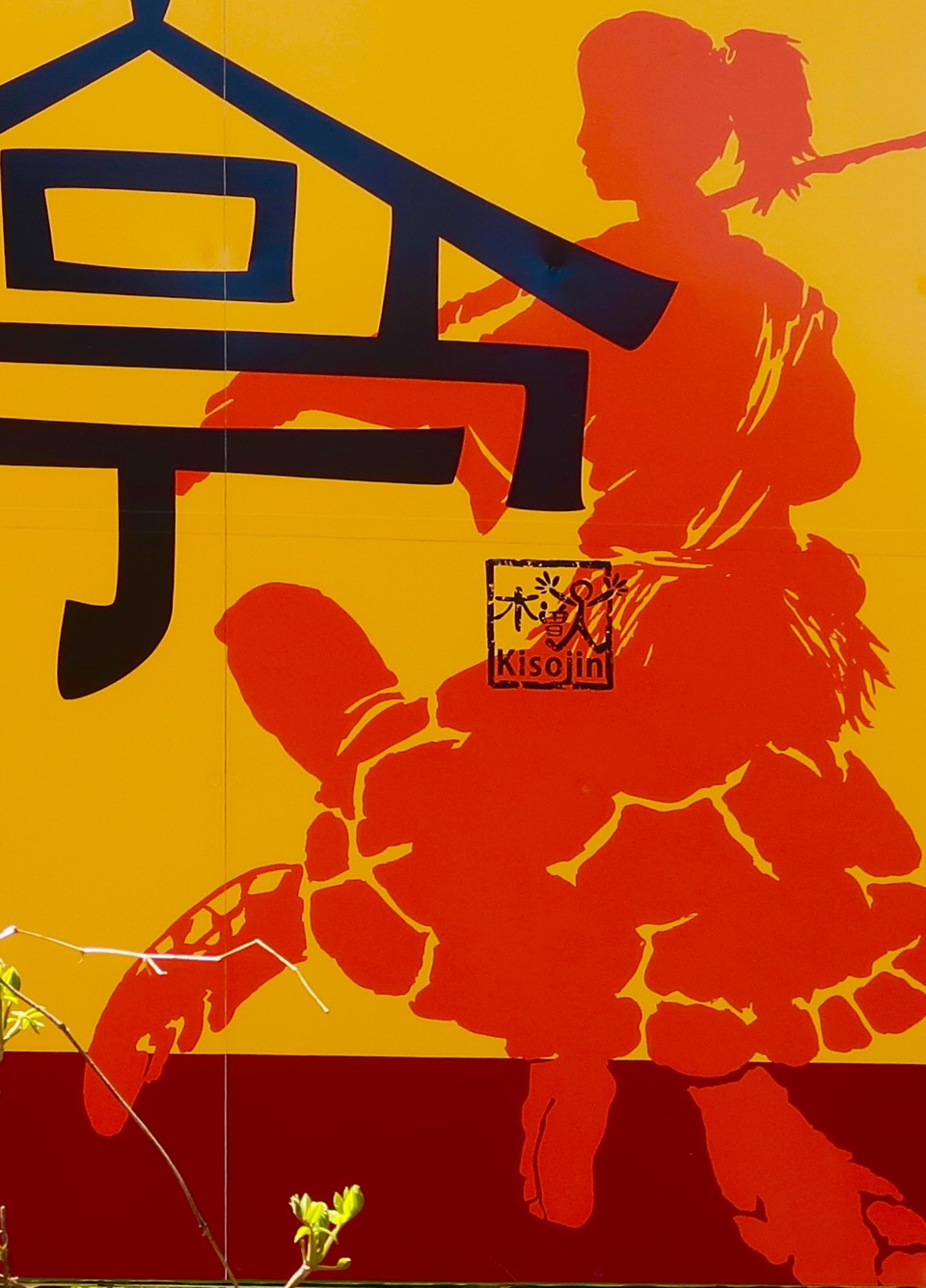Day 18 - Walking The Nakasendō, Japan - Visiting The Beautiful Nezame-No-Toko Gorge, and The Legend of Tarō Urashima
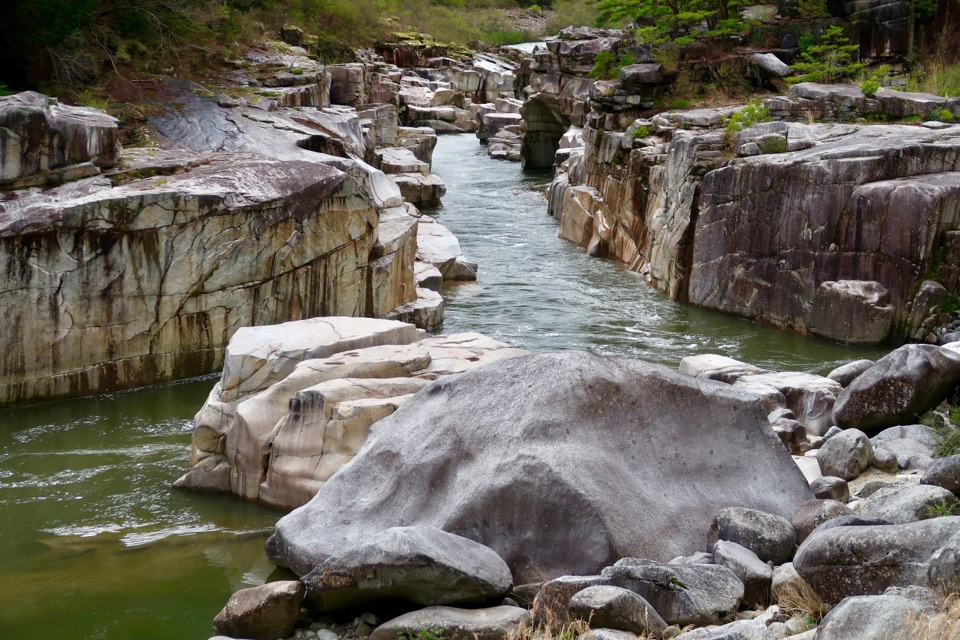
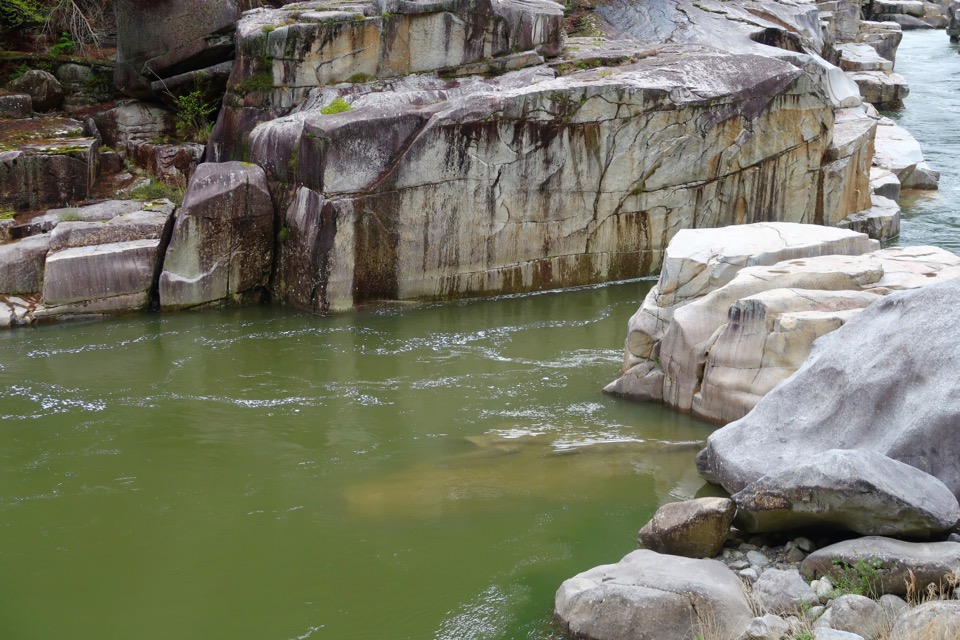
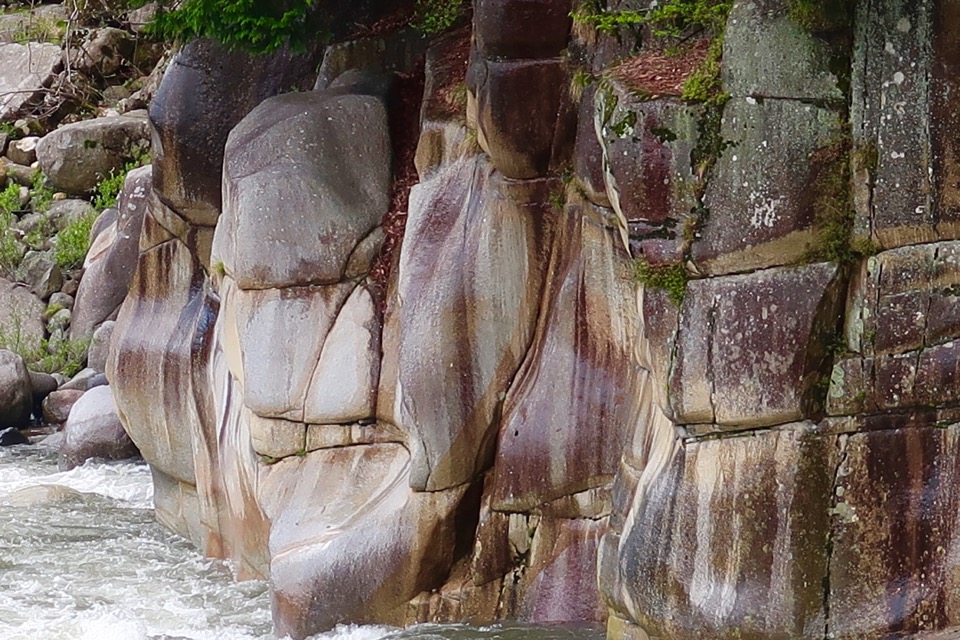
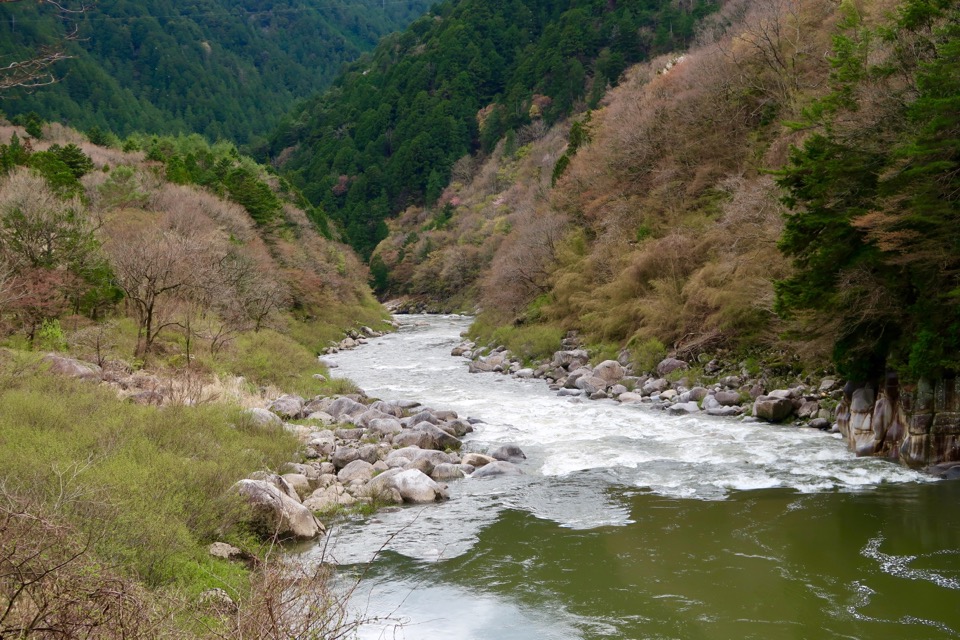
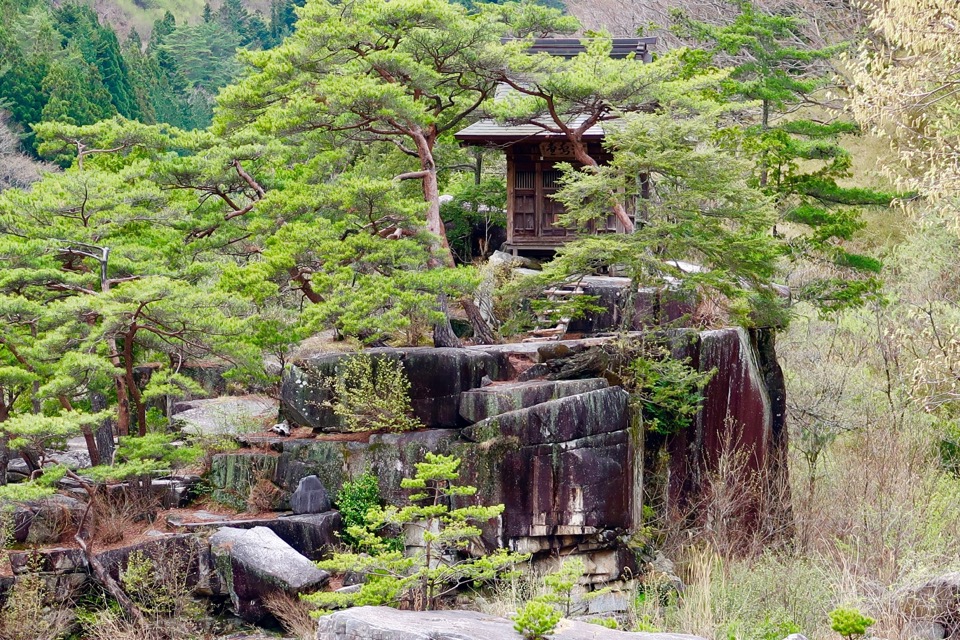
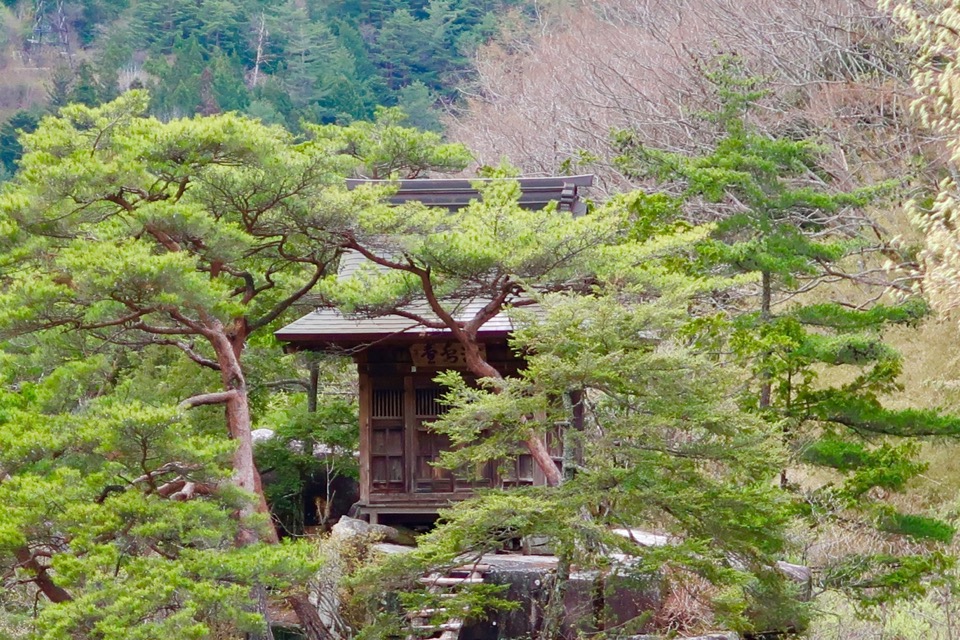
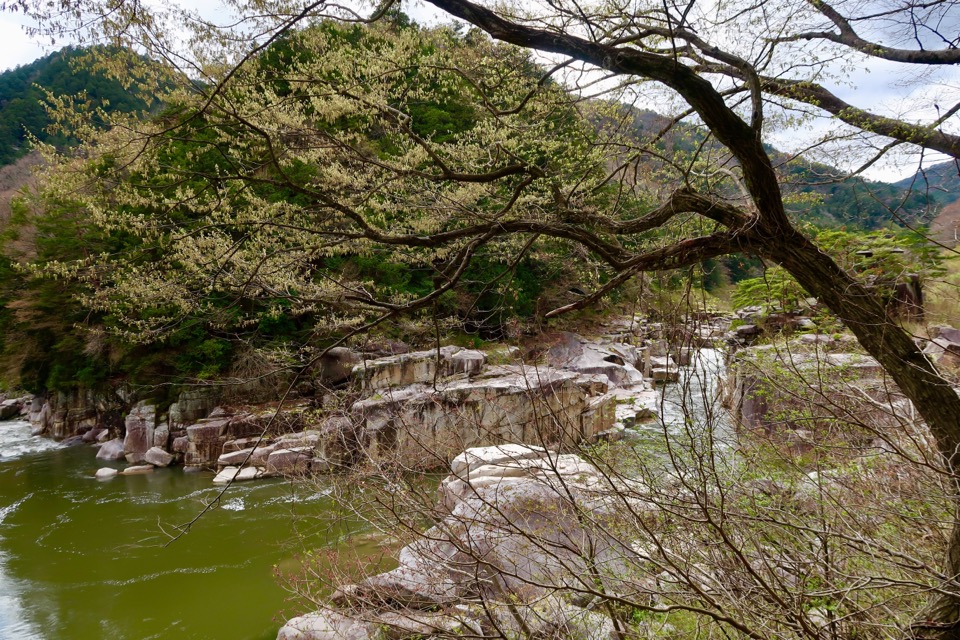
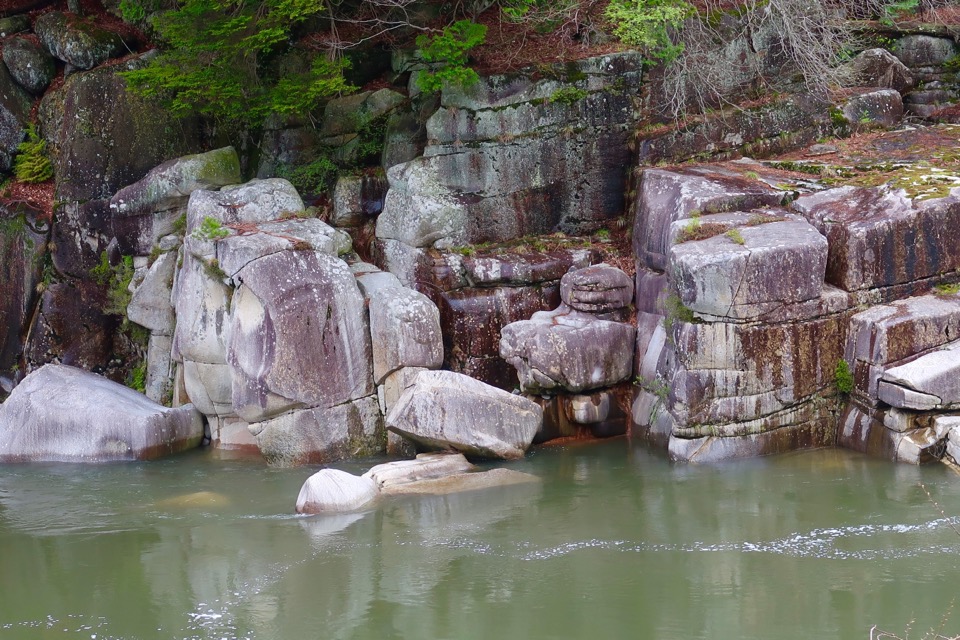

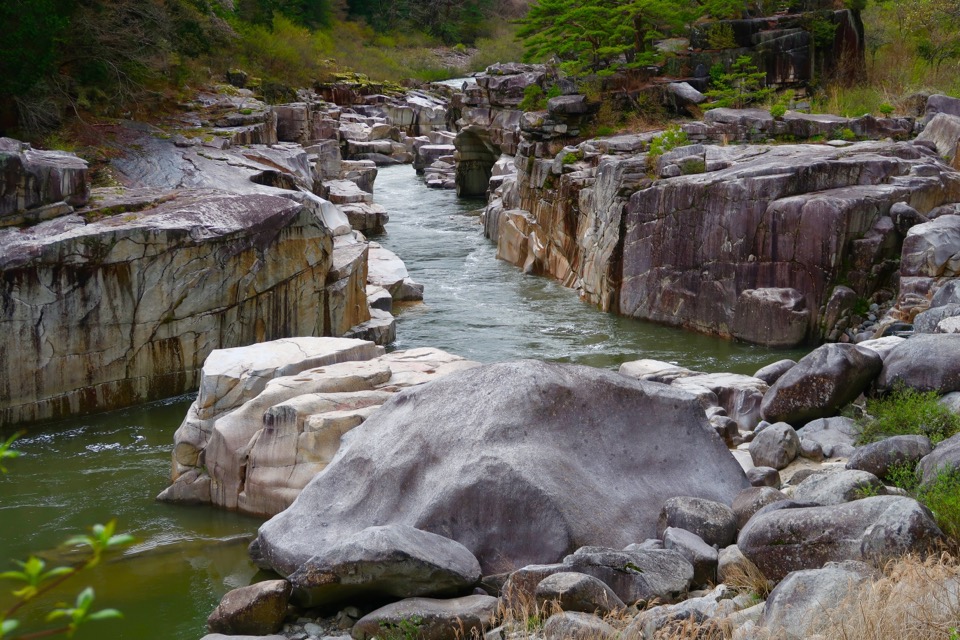
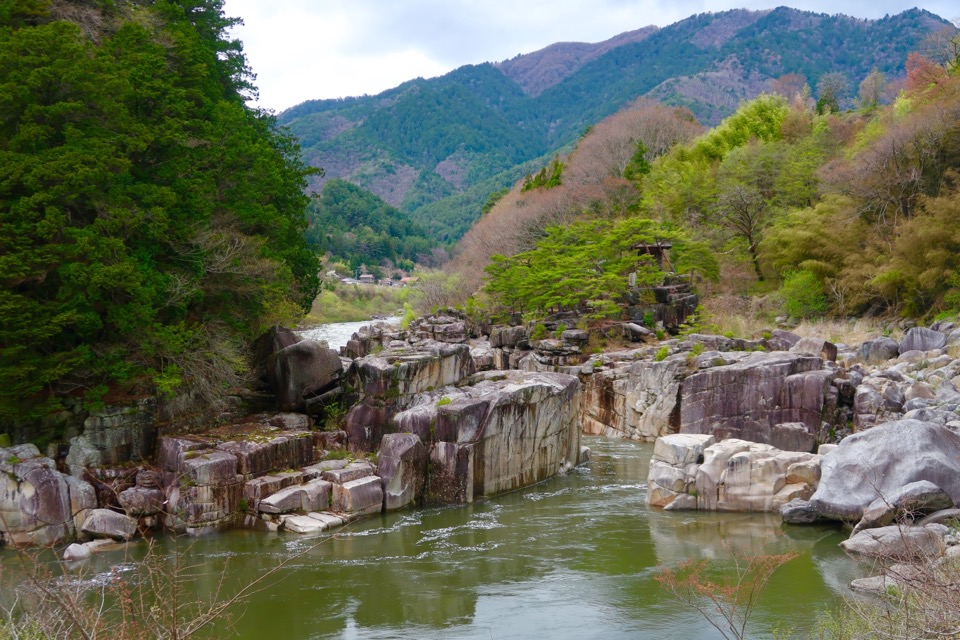

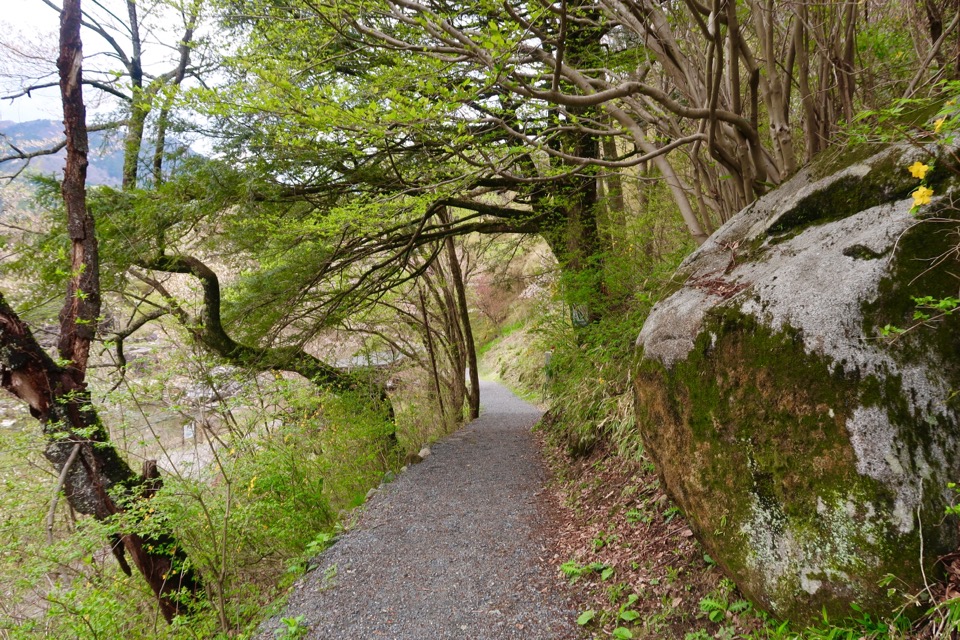
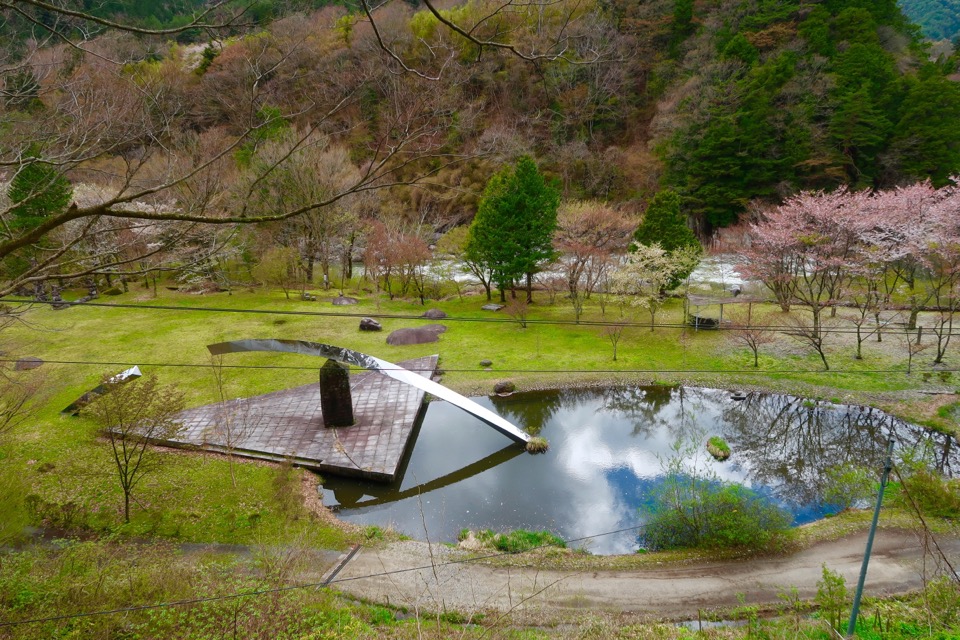
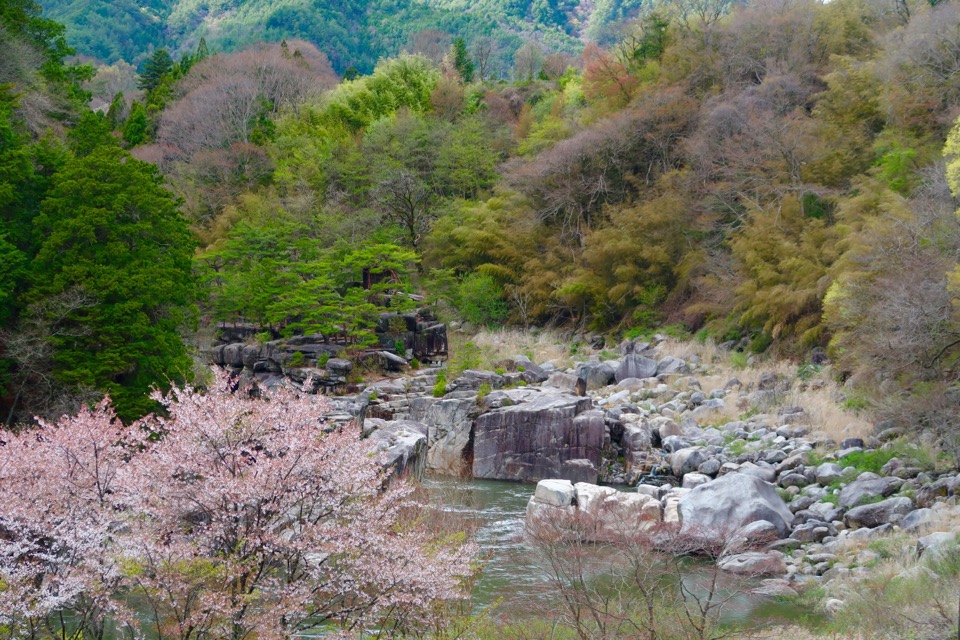
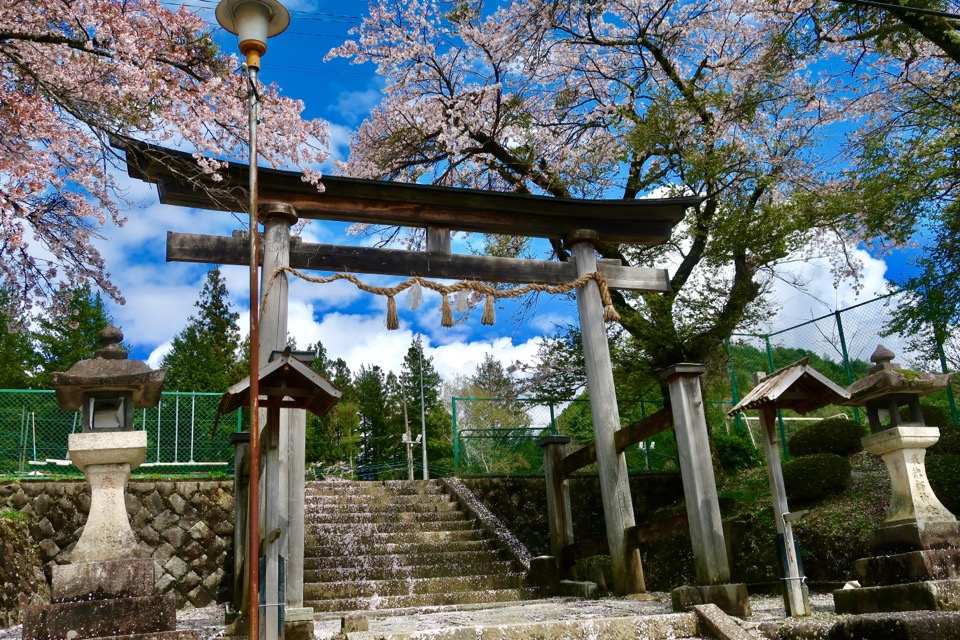

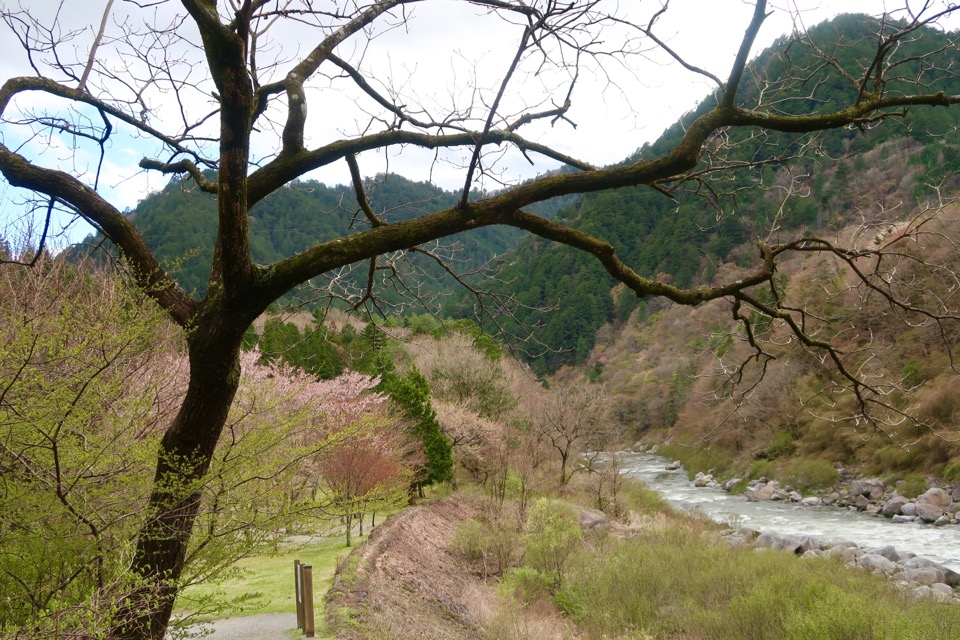
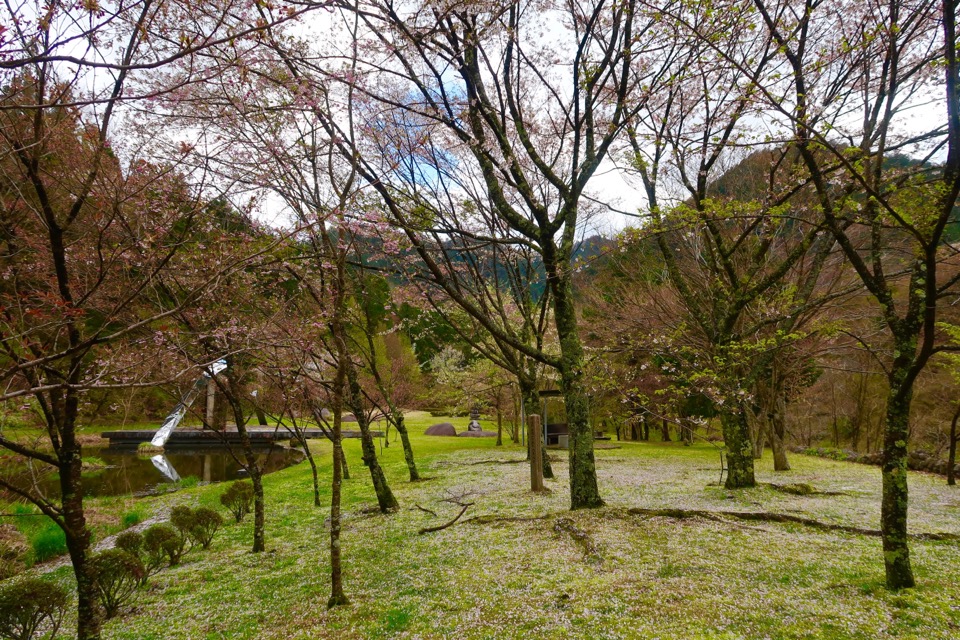

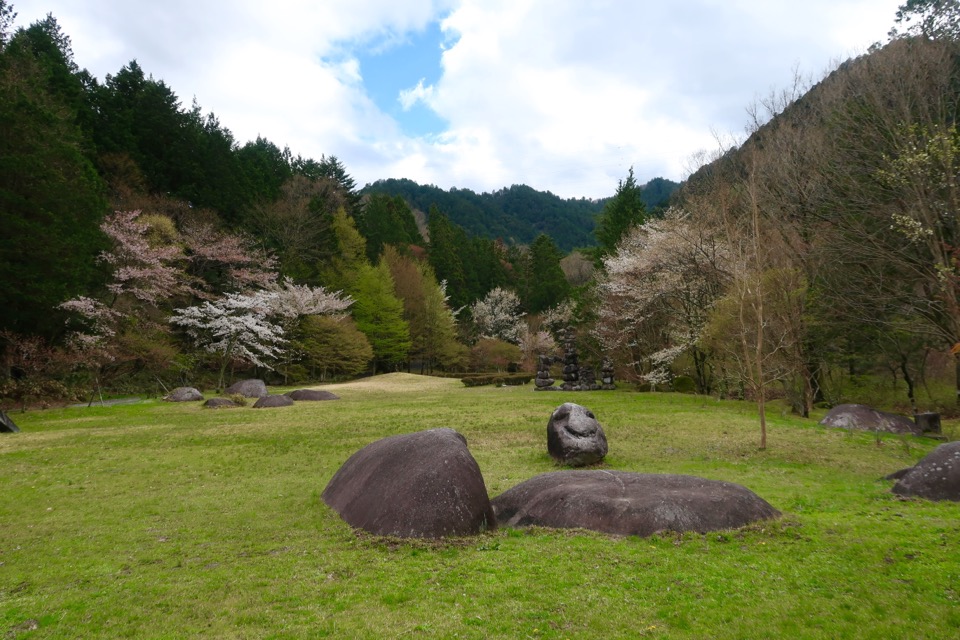
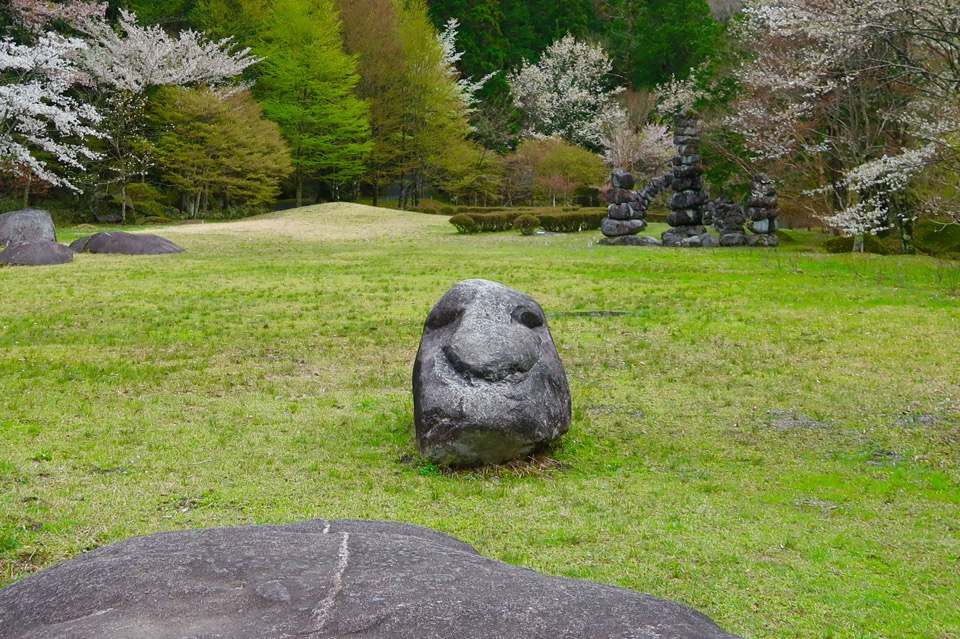
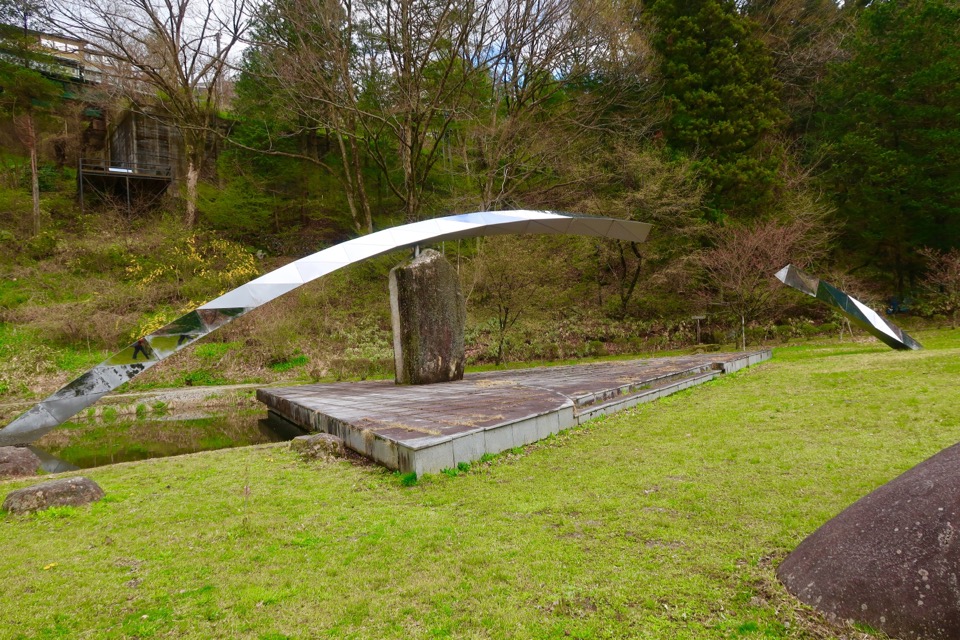
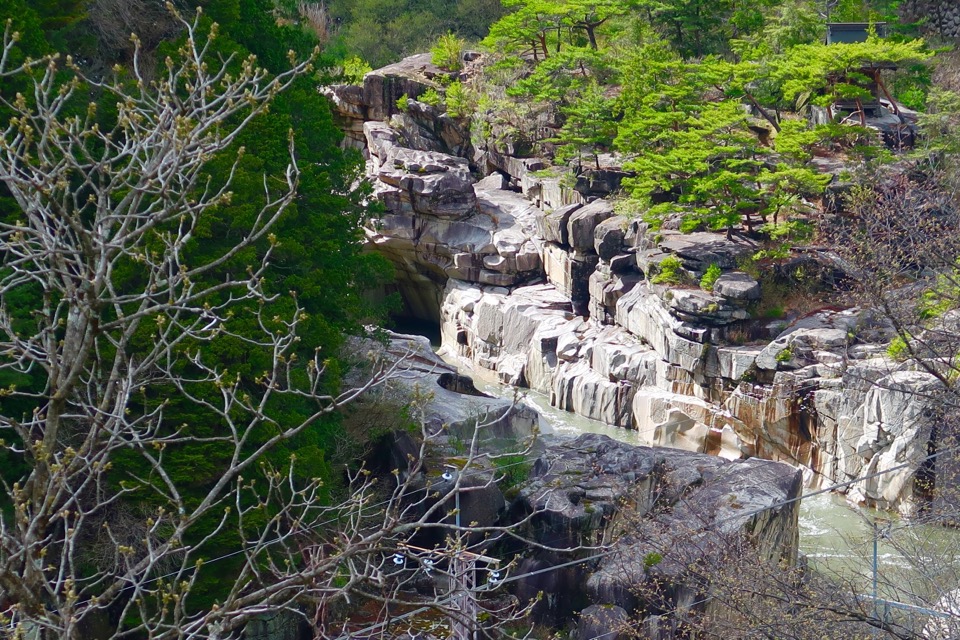
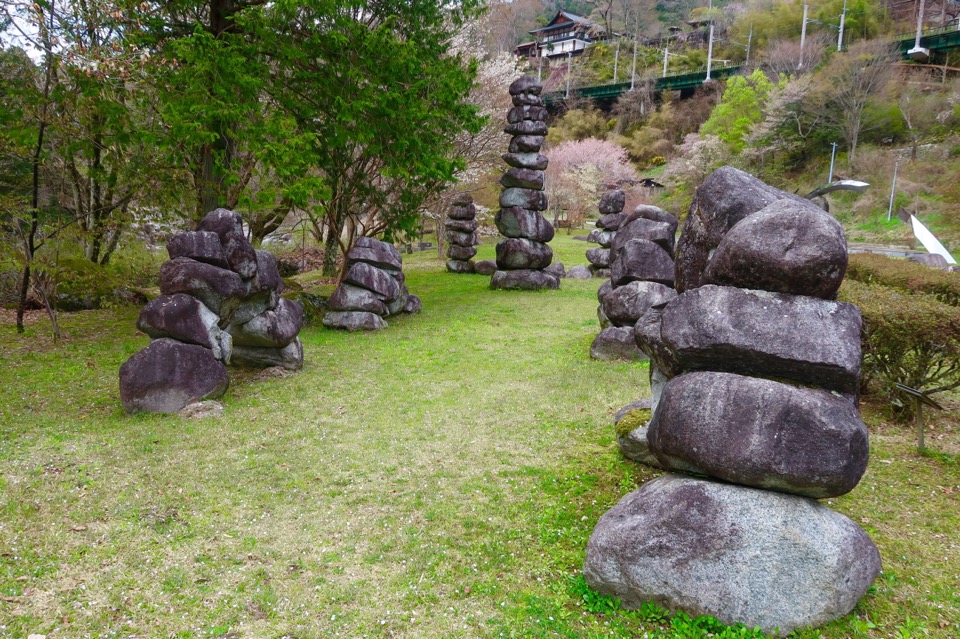
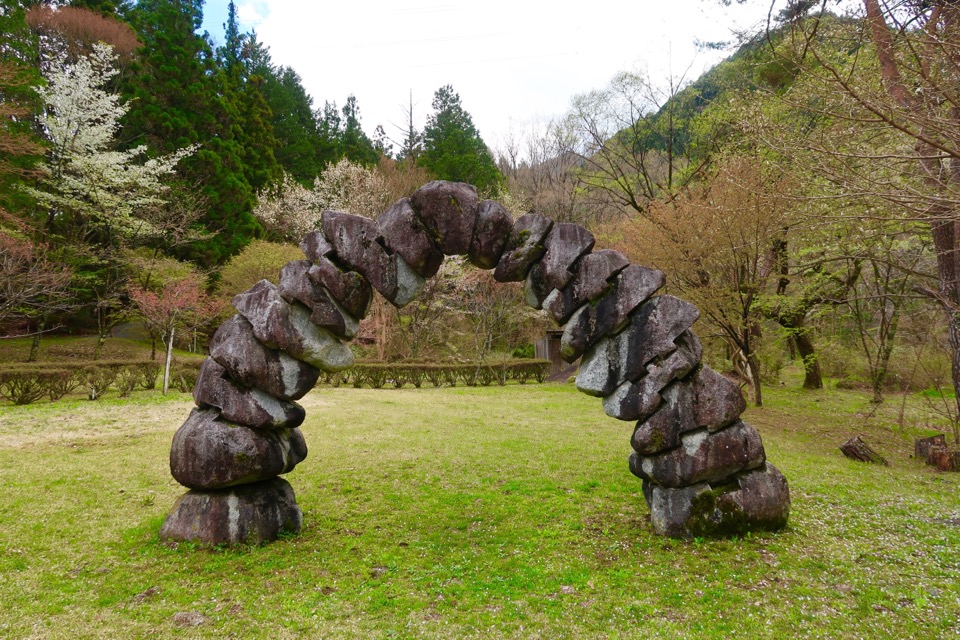
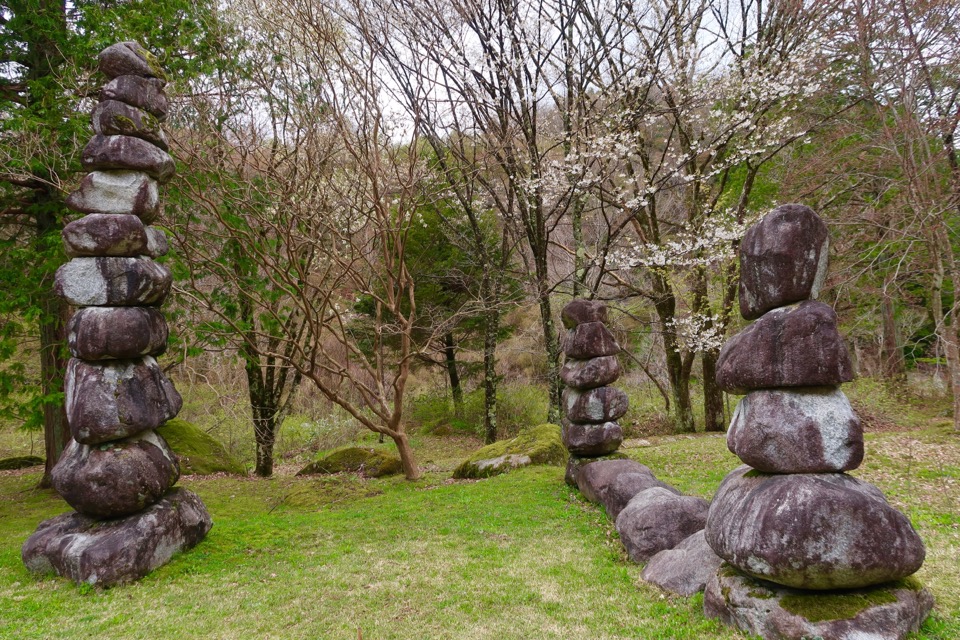
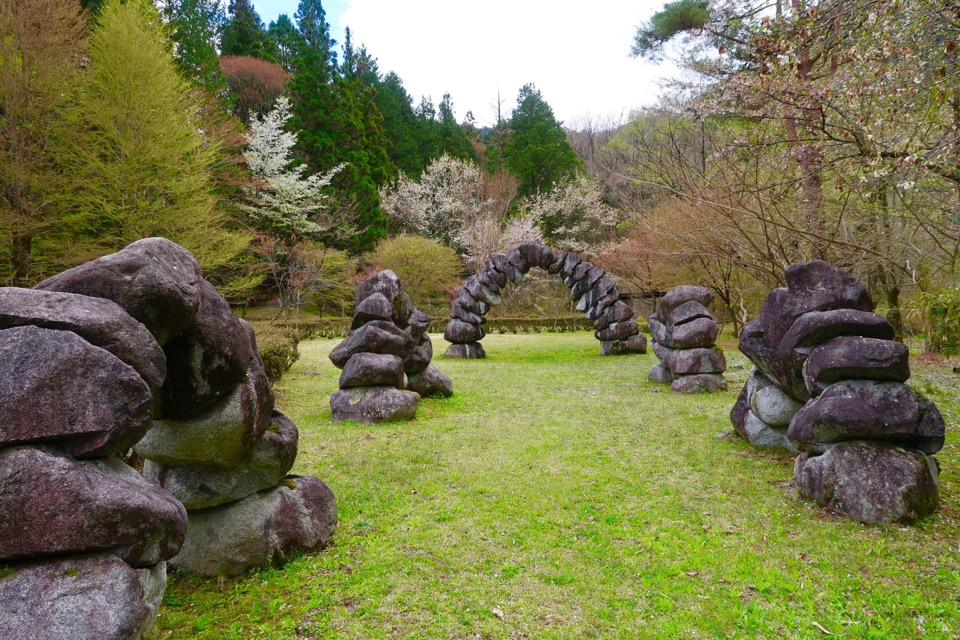
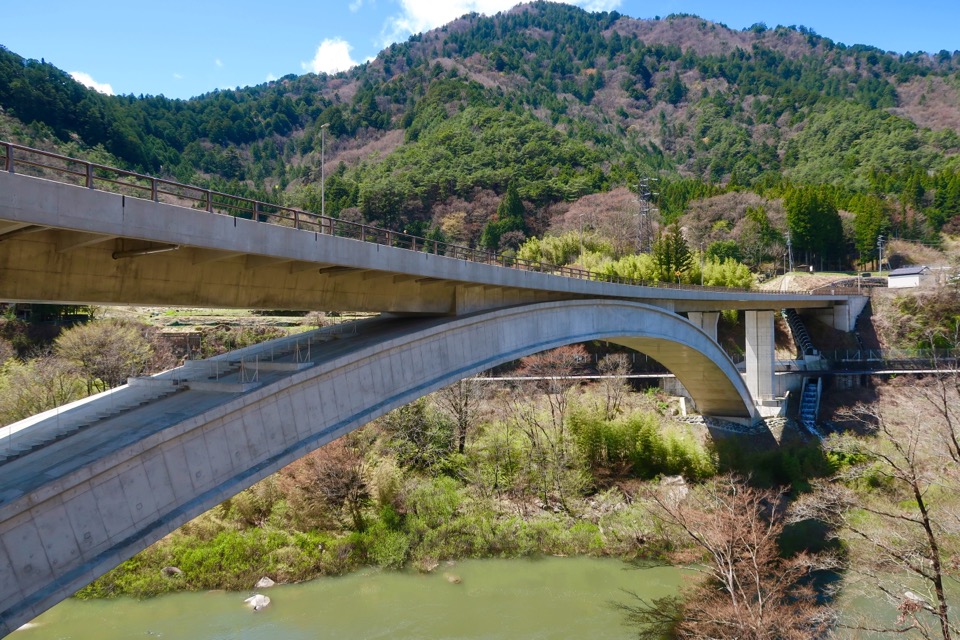
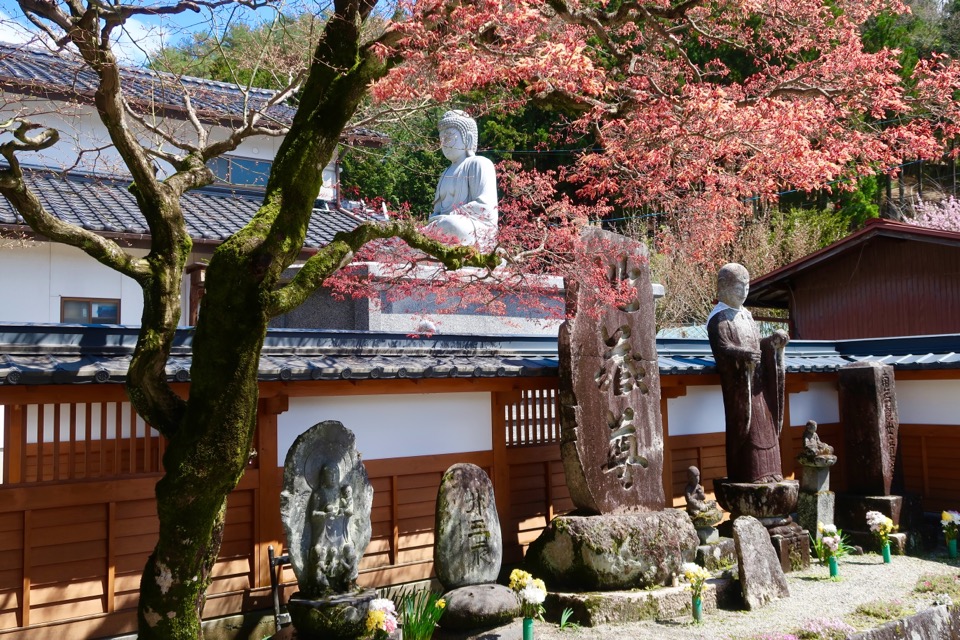
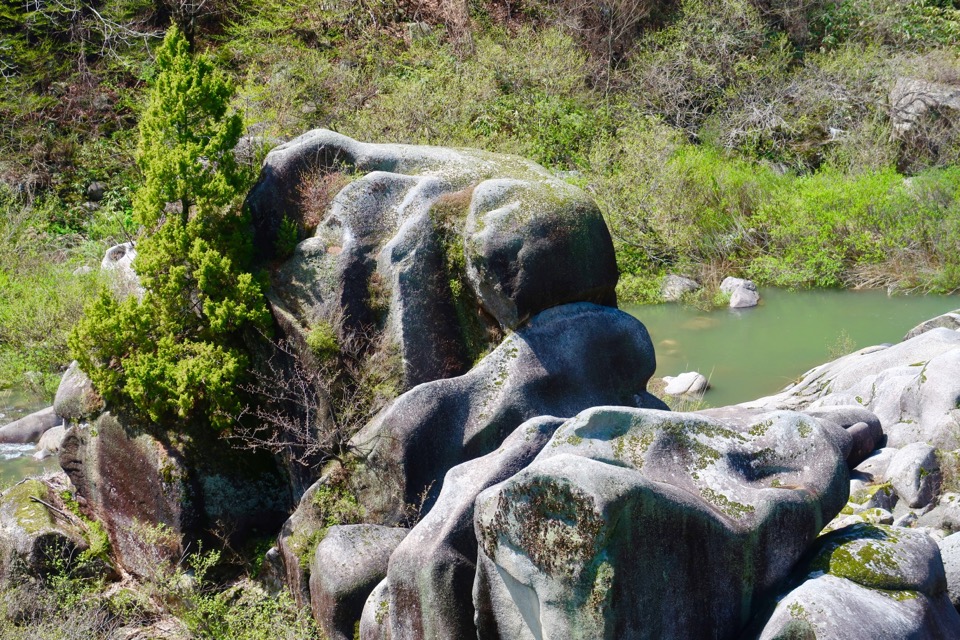
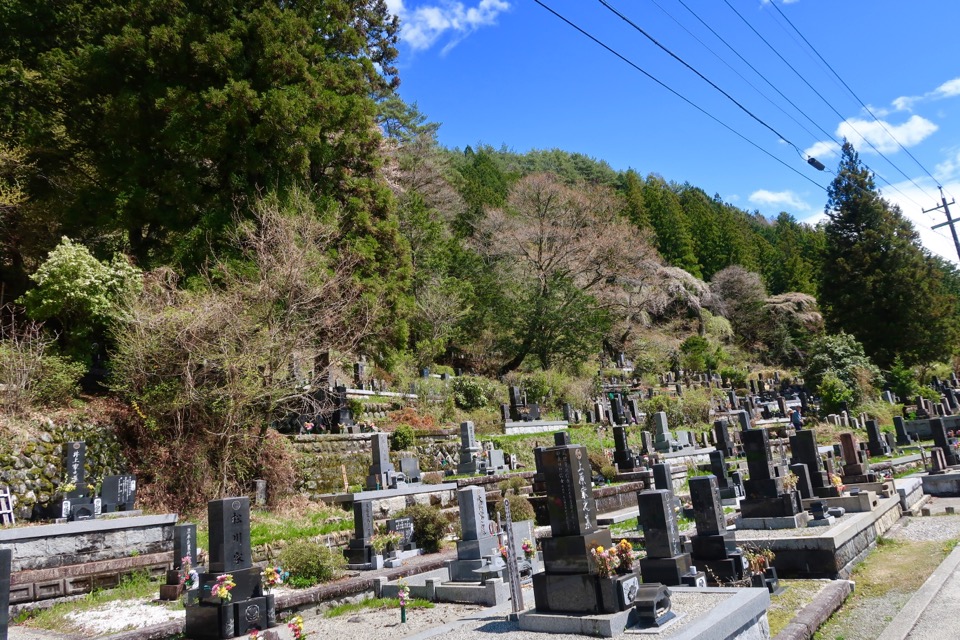

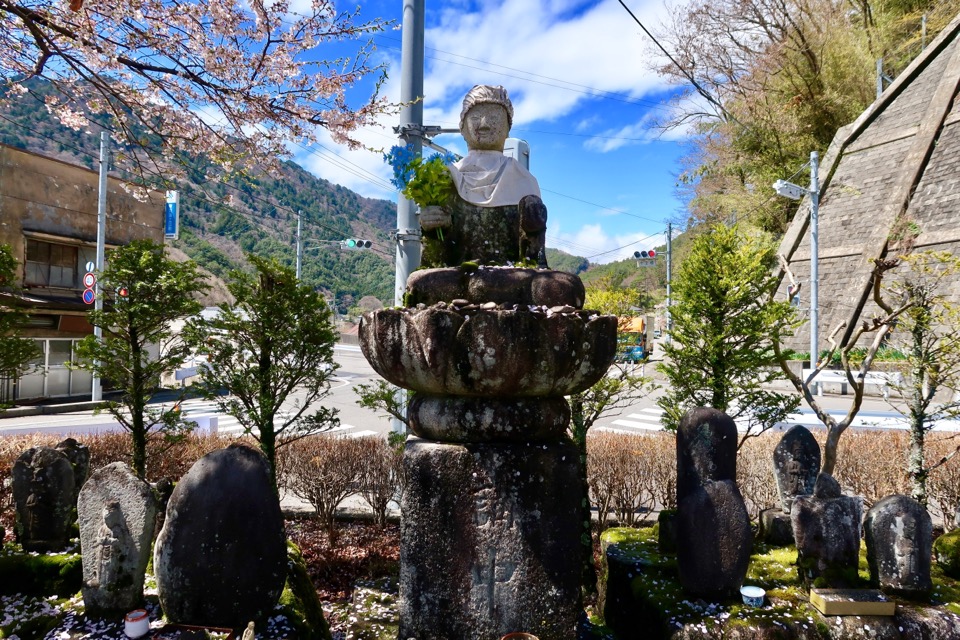
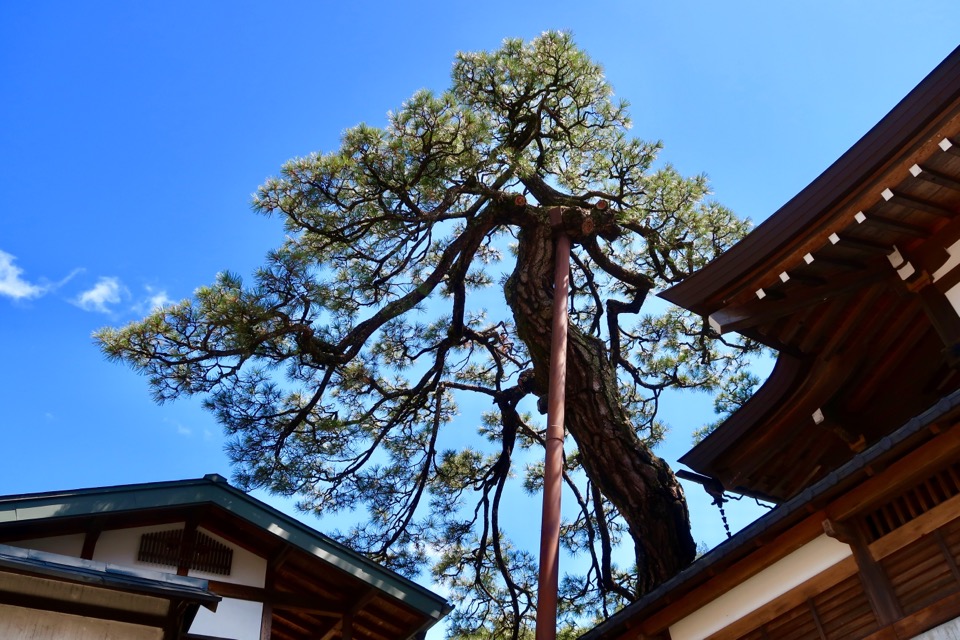
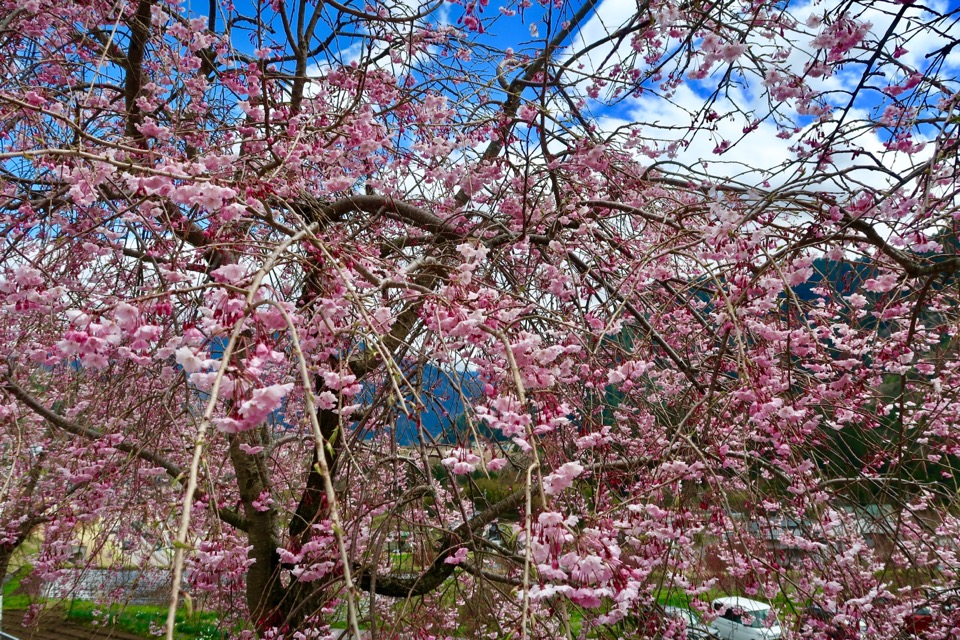
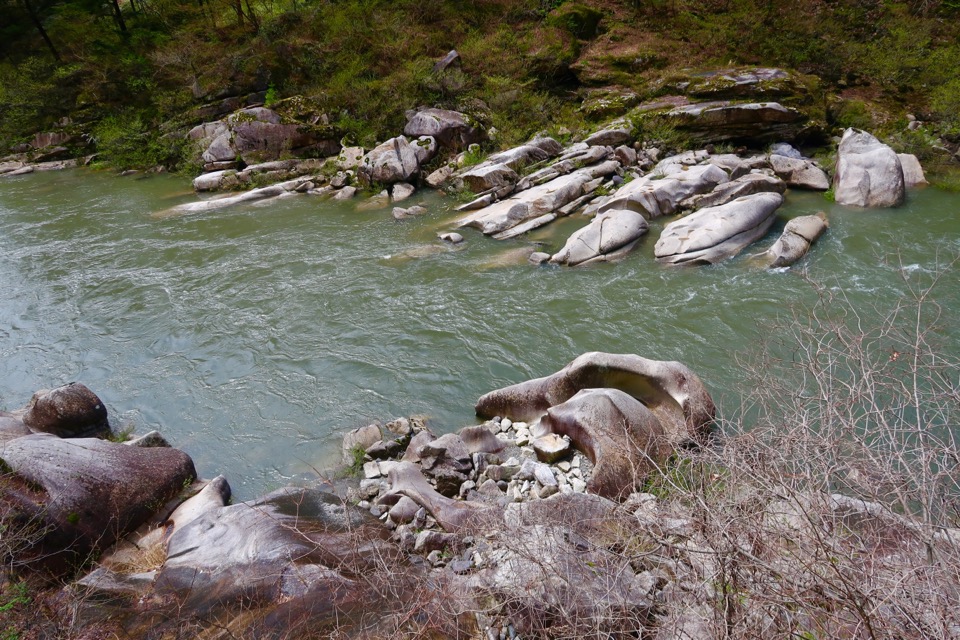
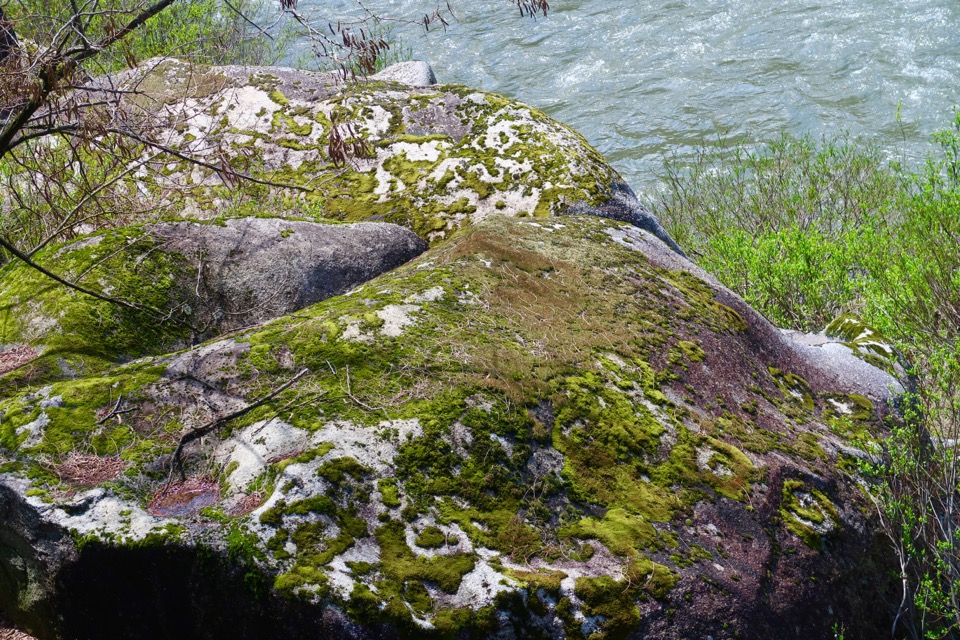
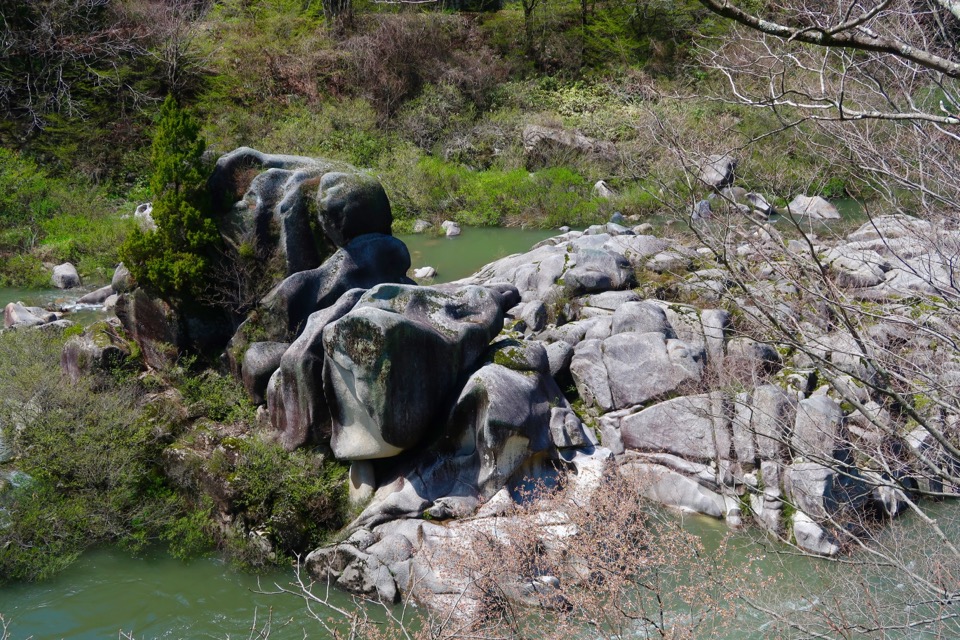
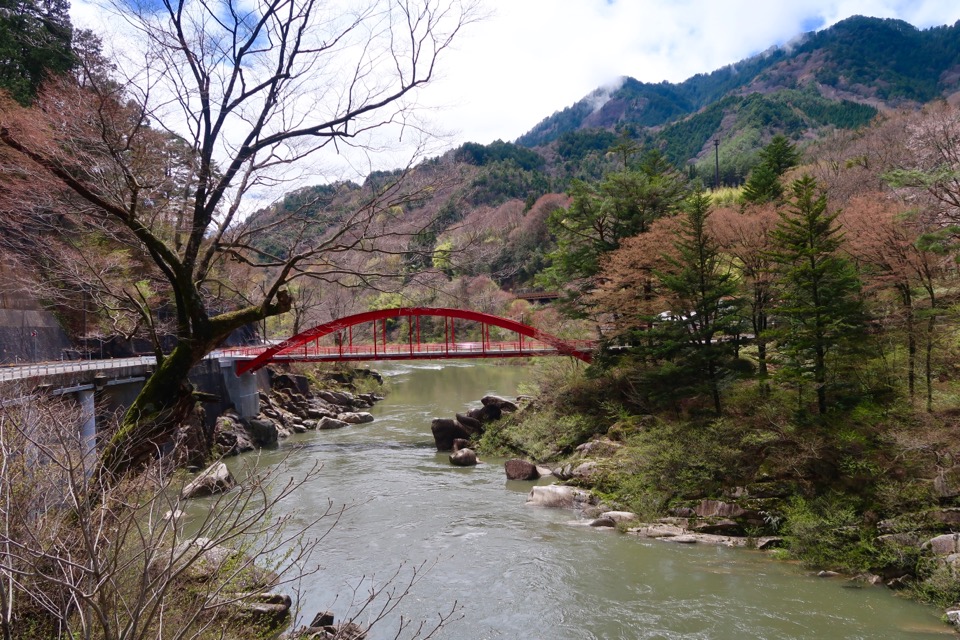
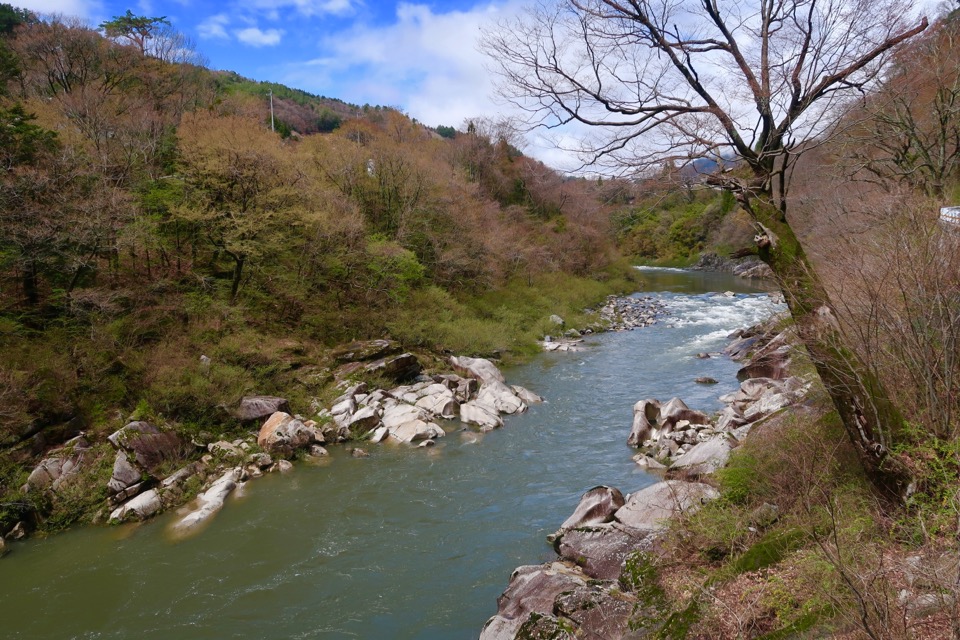
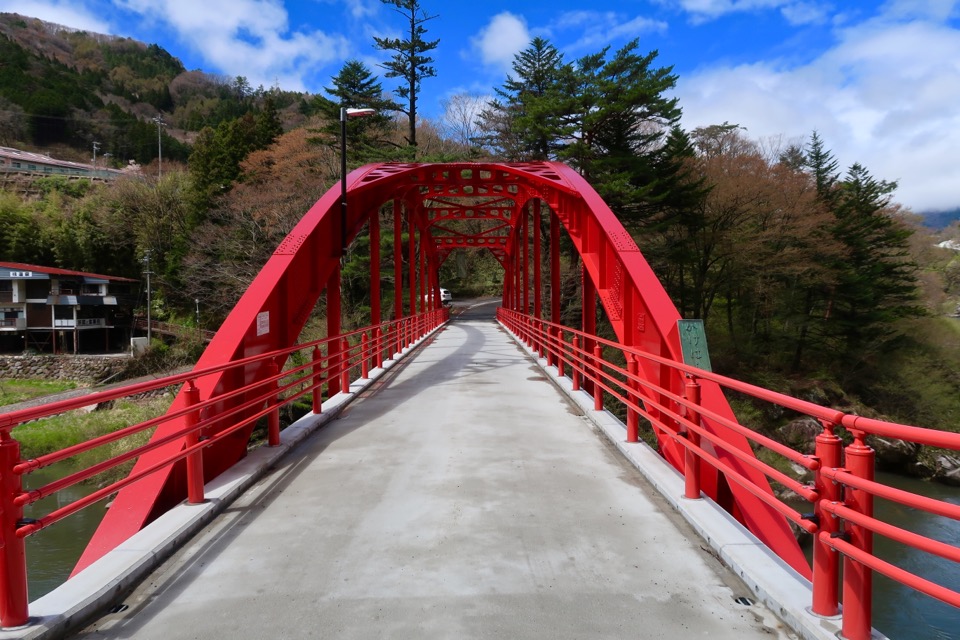
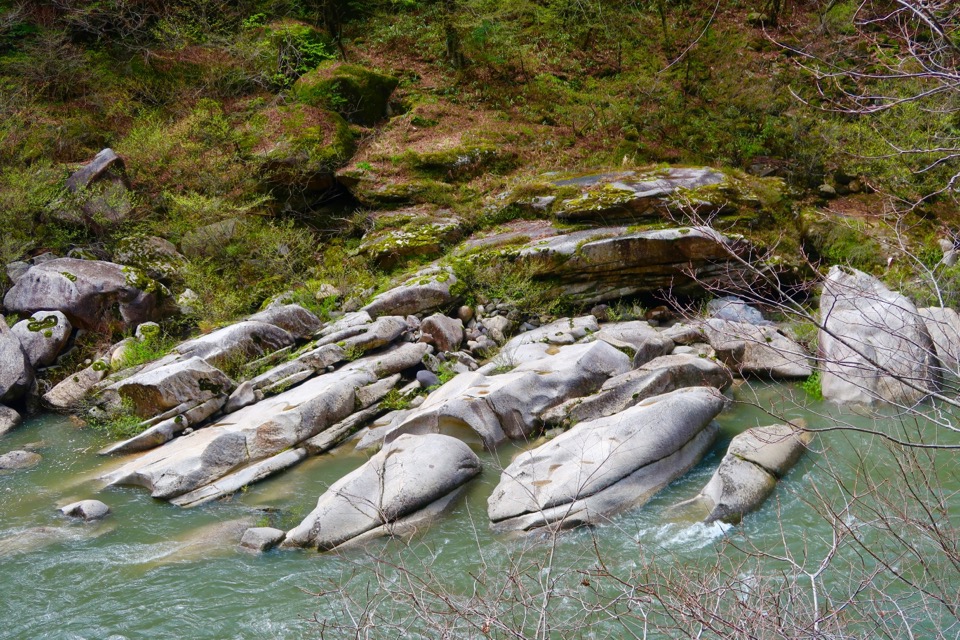
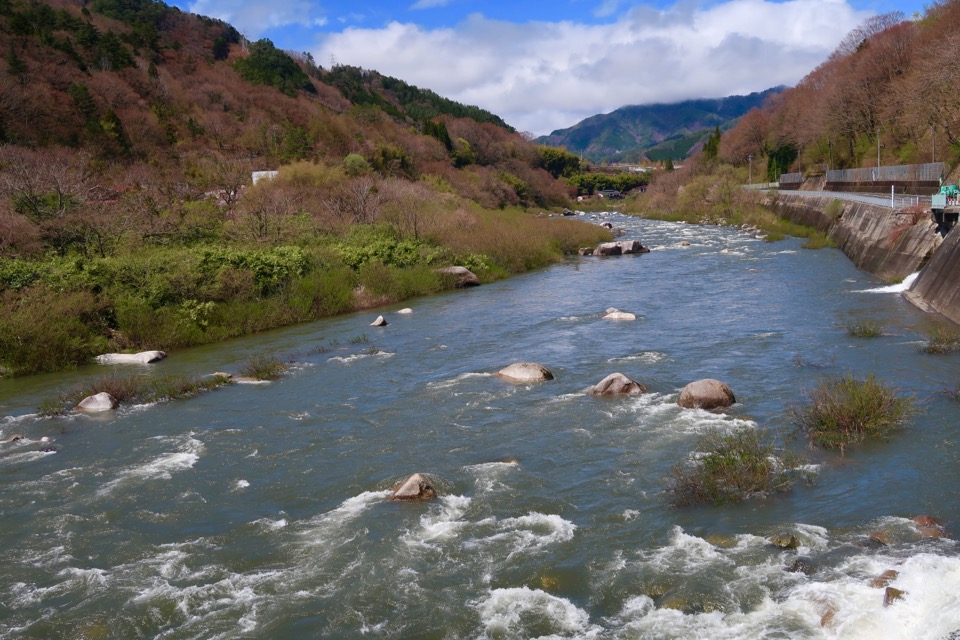
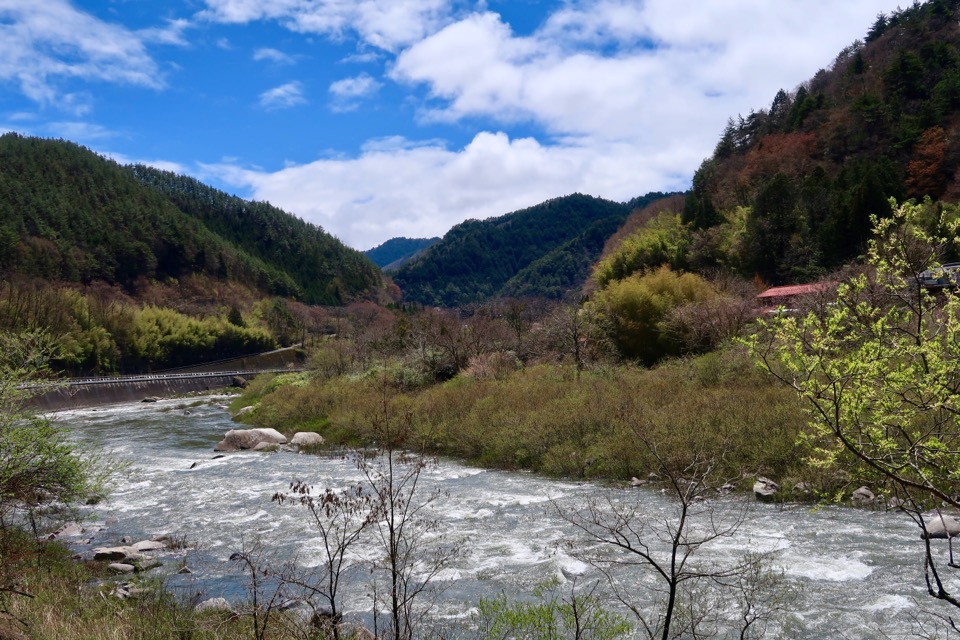
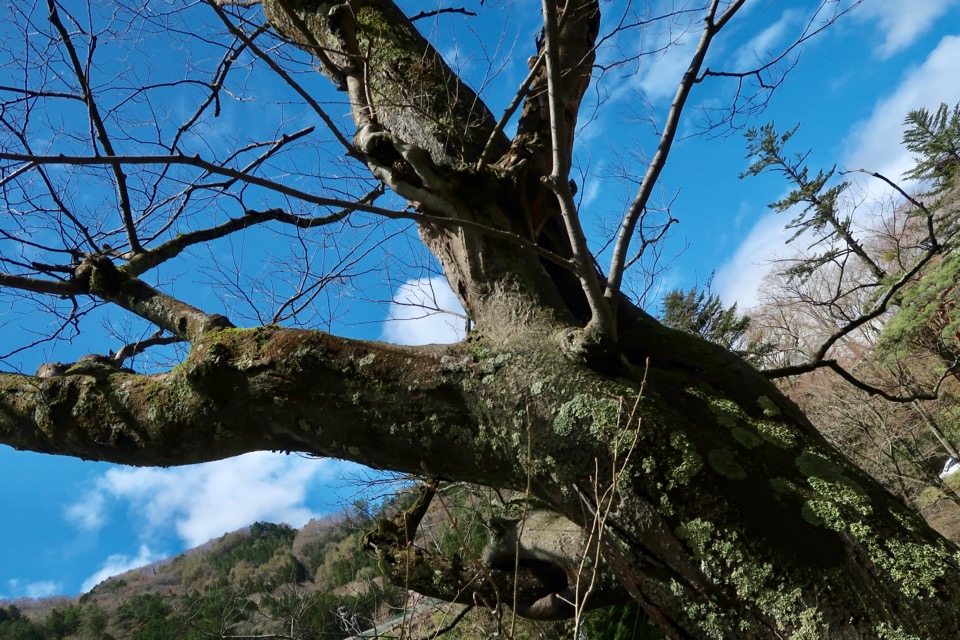
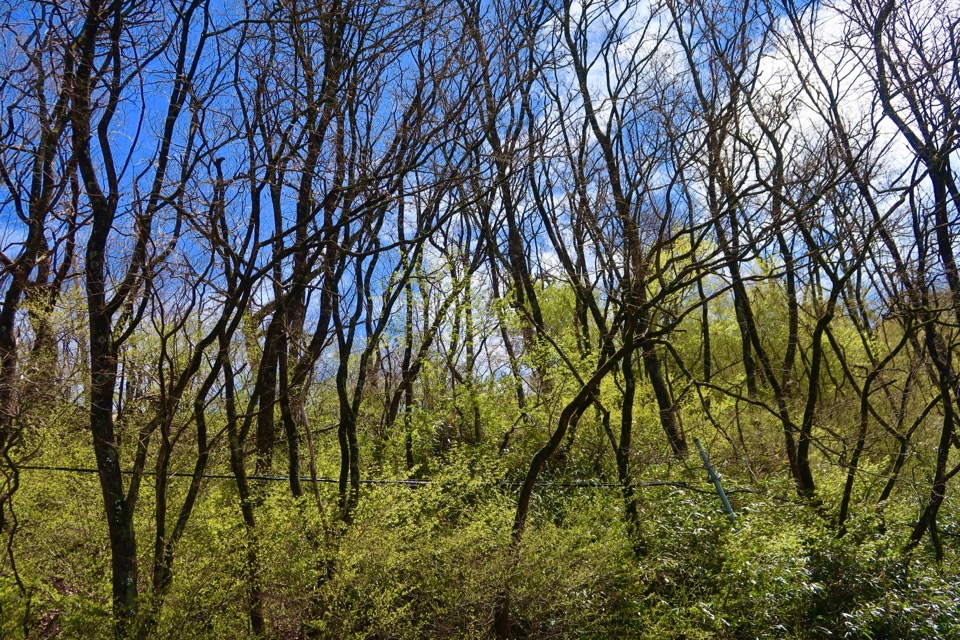
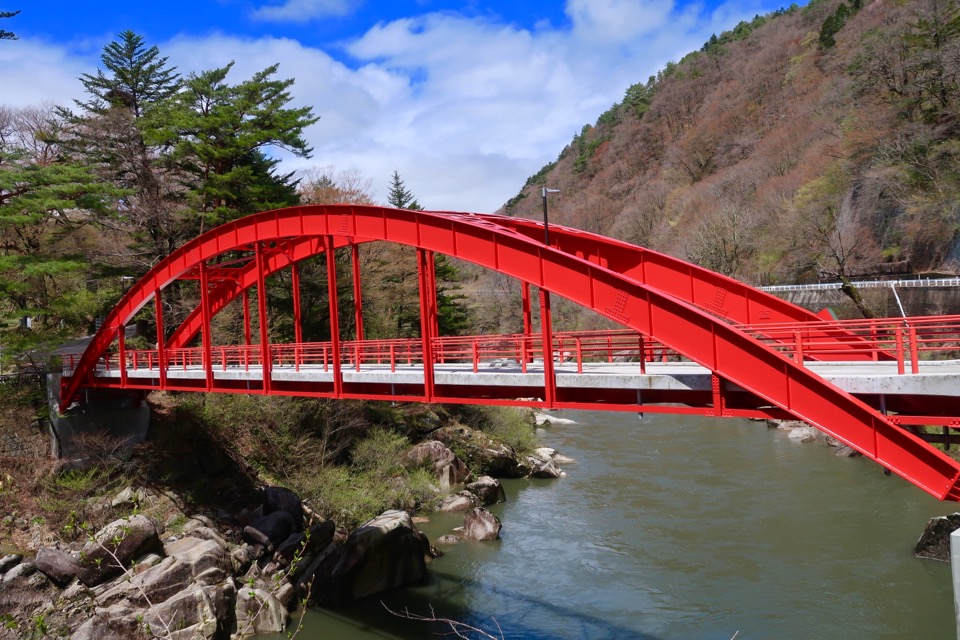
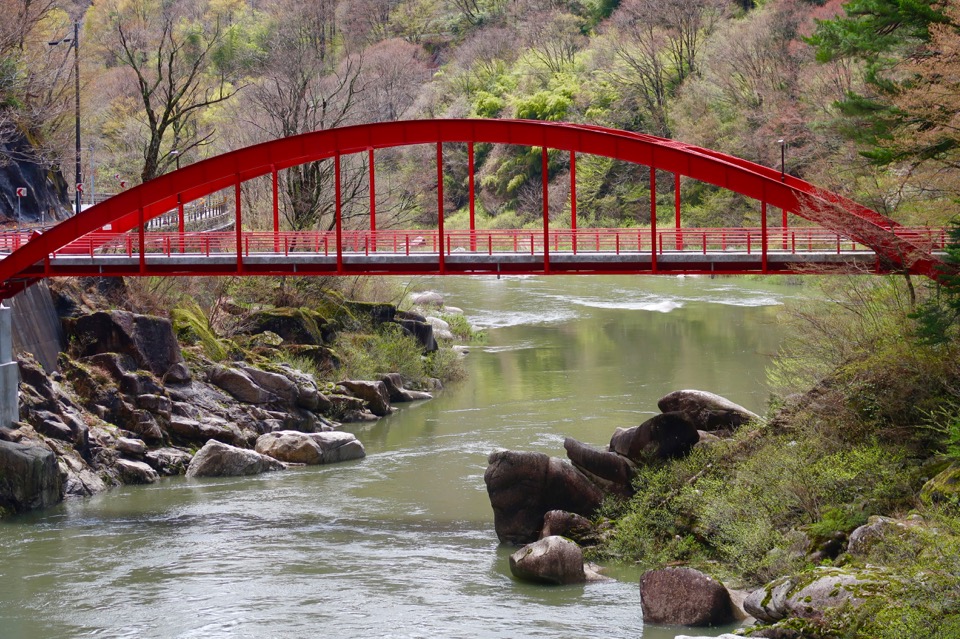
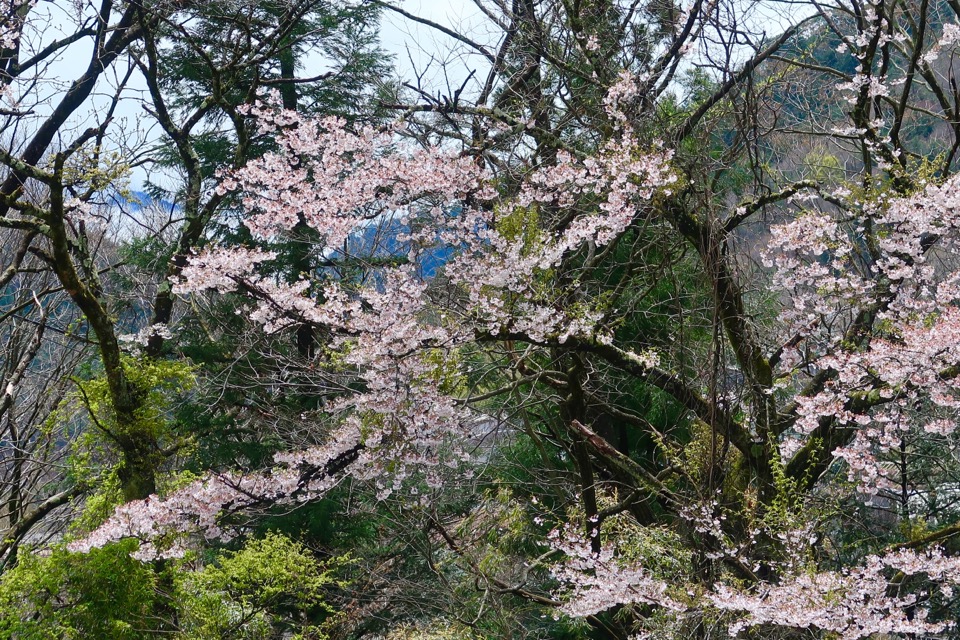
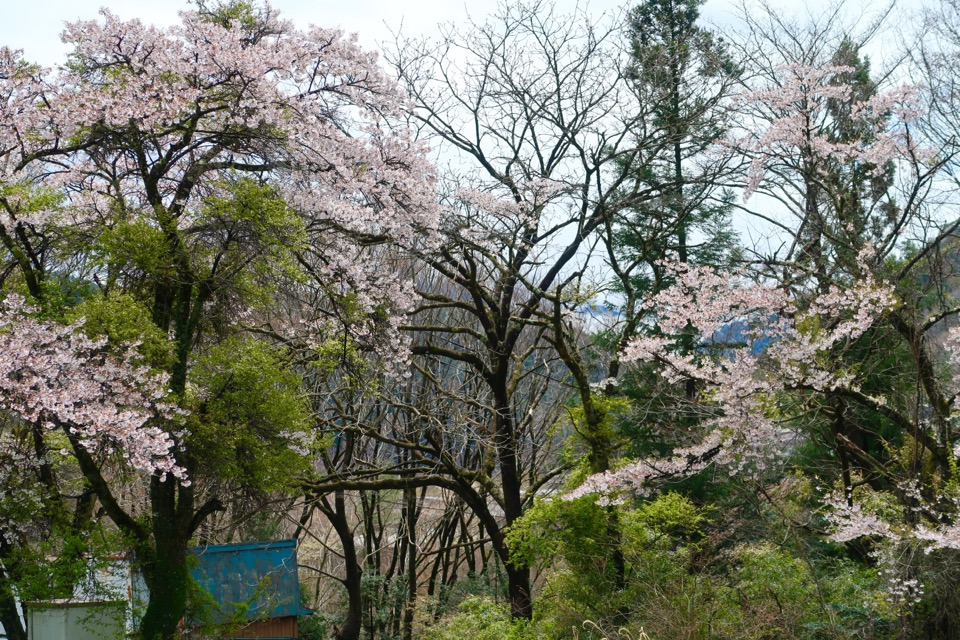
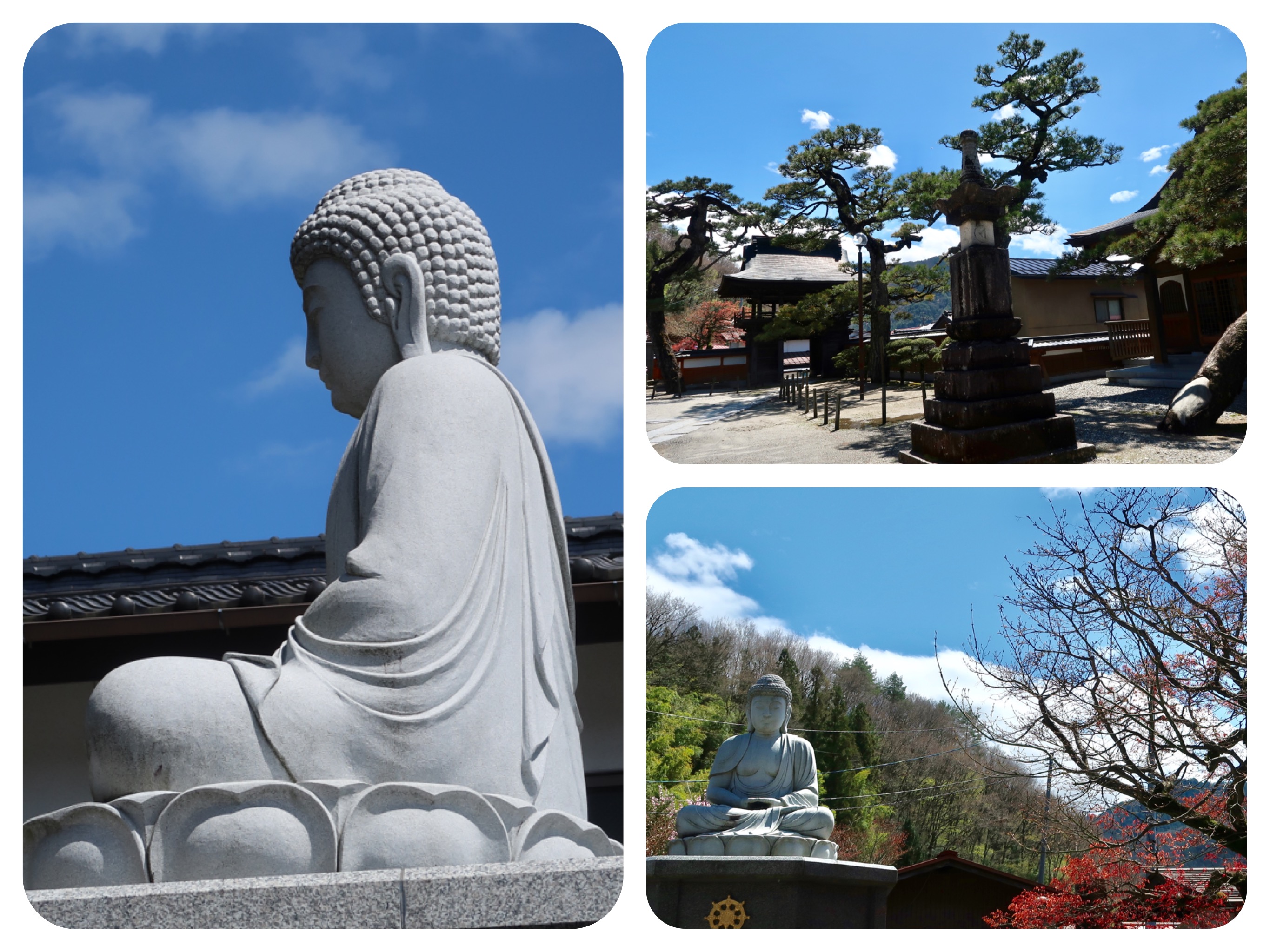

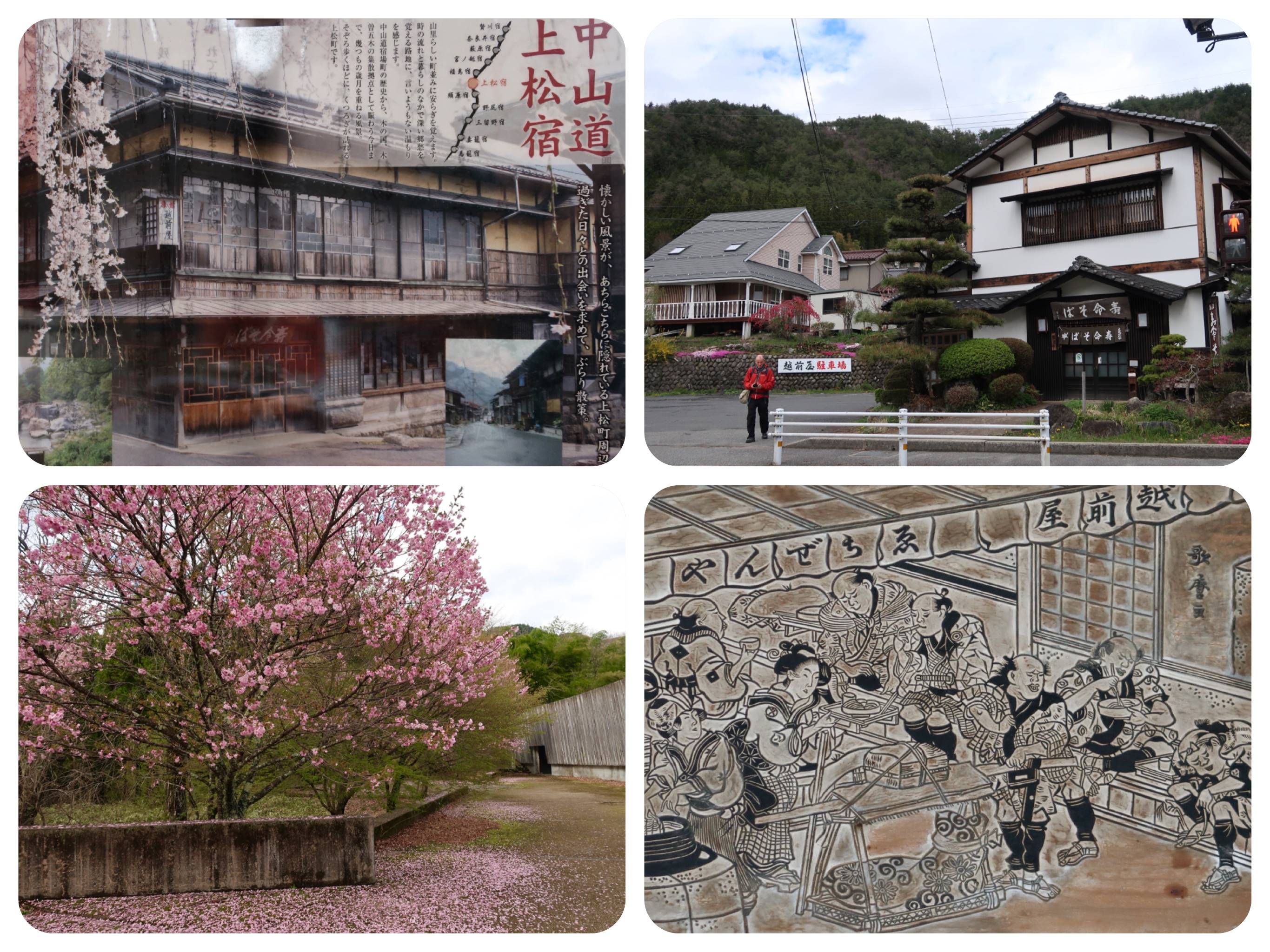
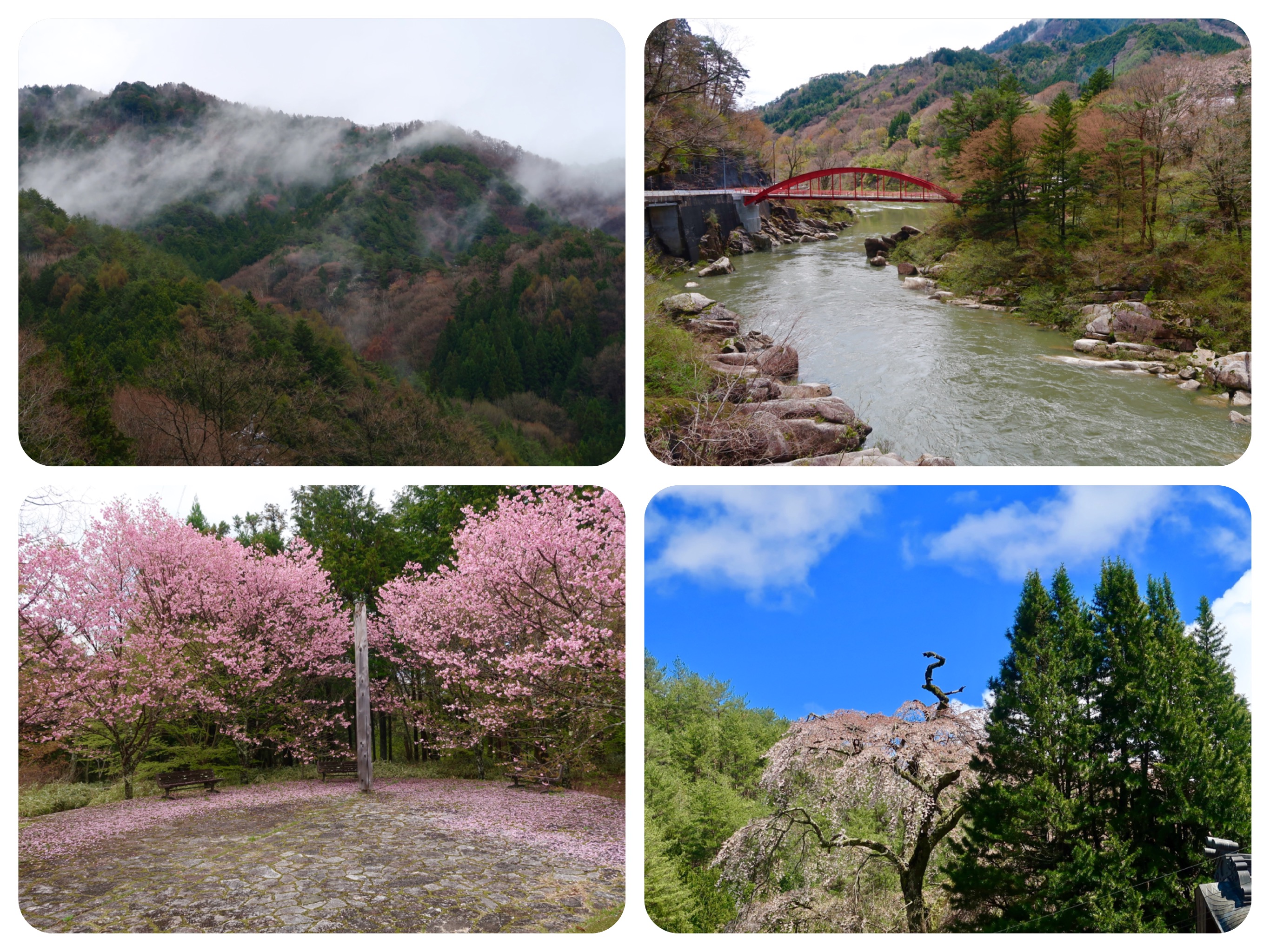
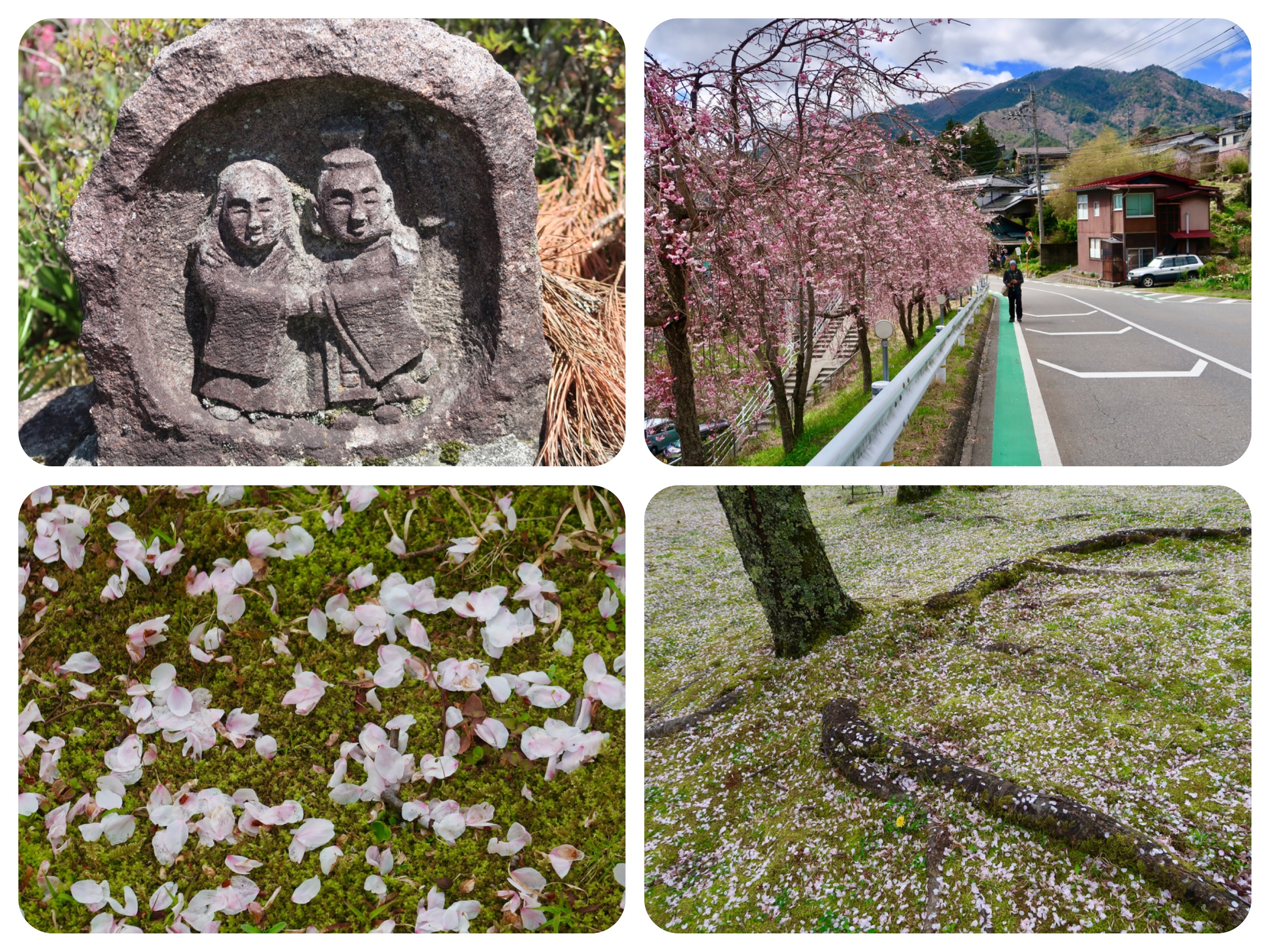
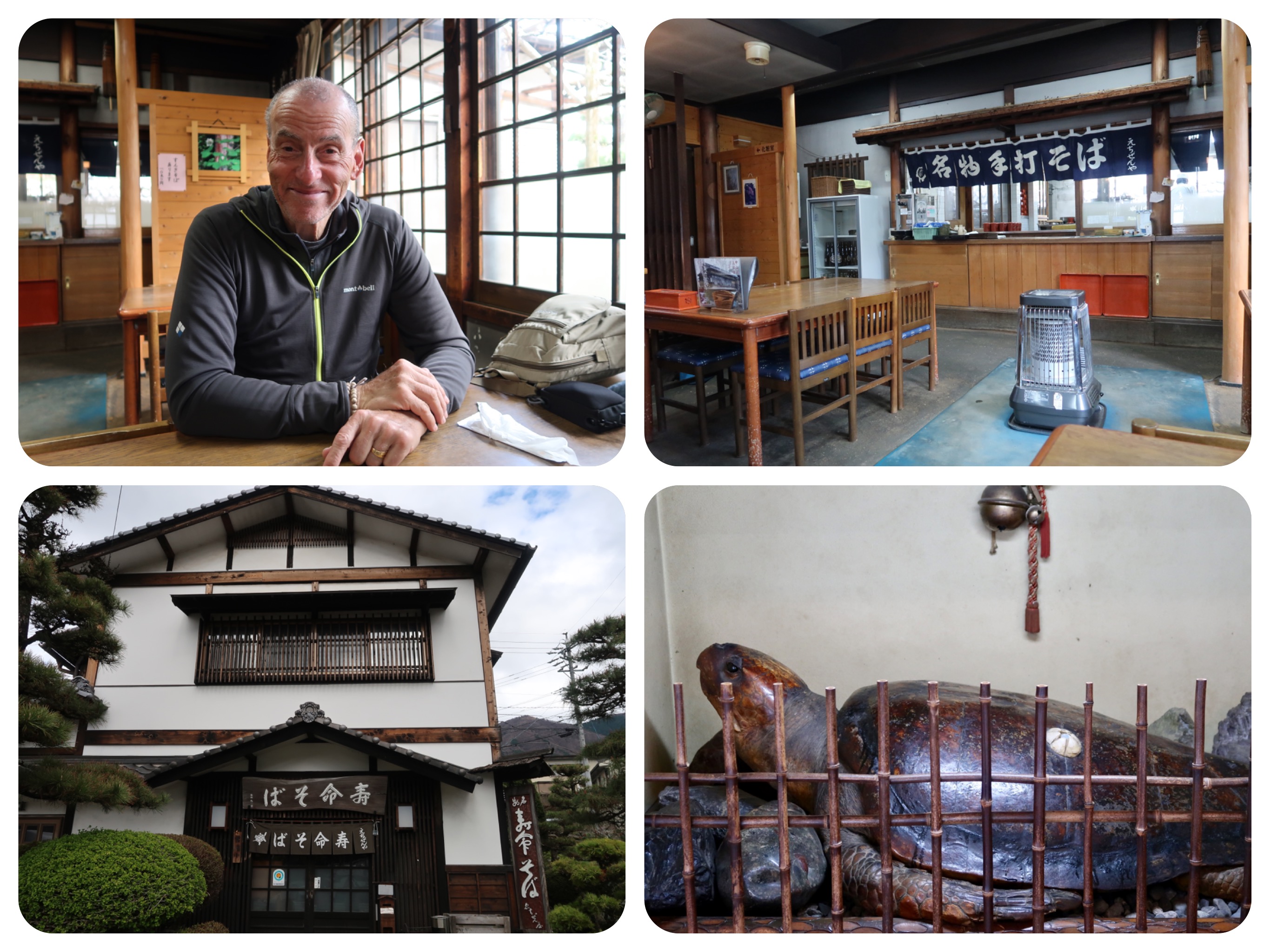
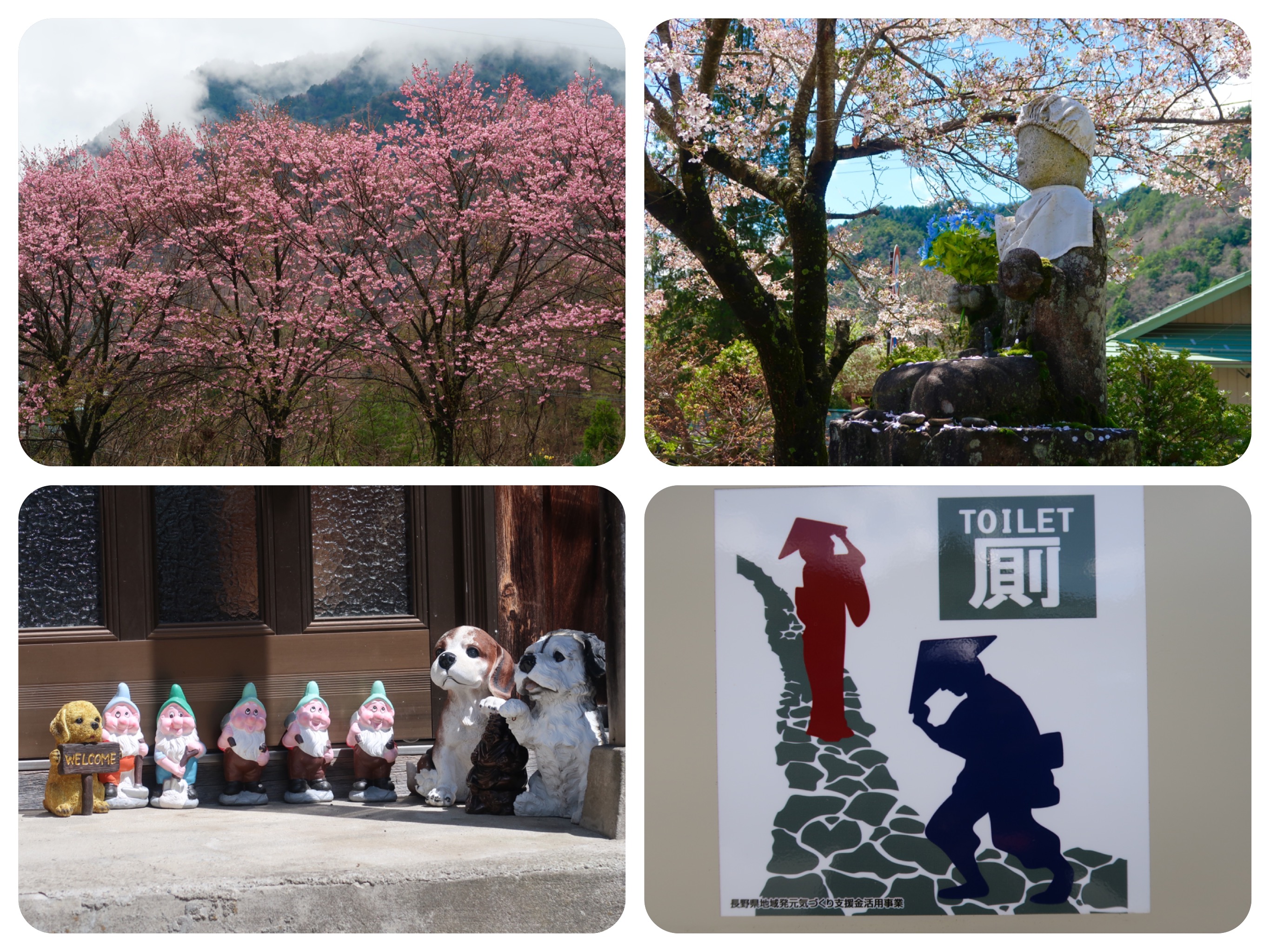
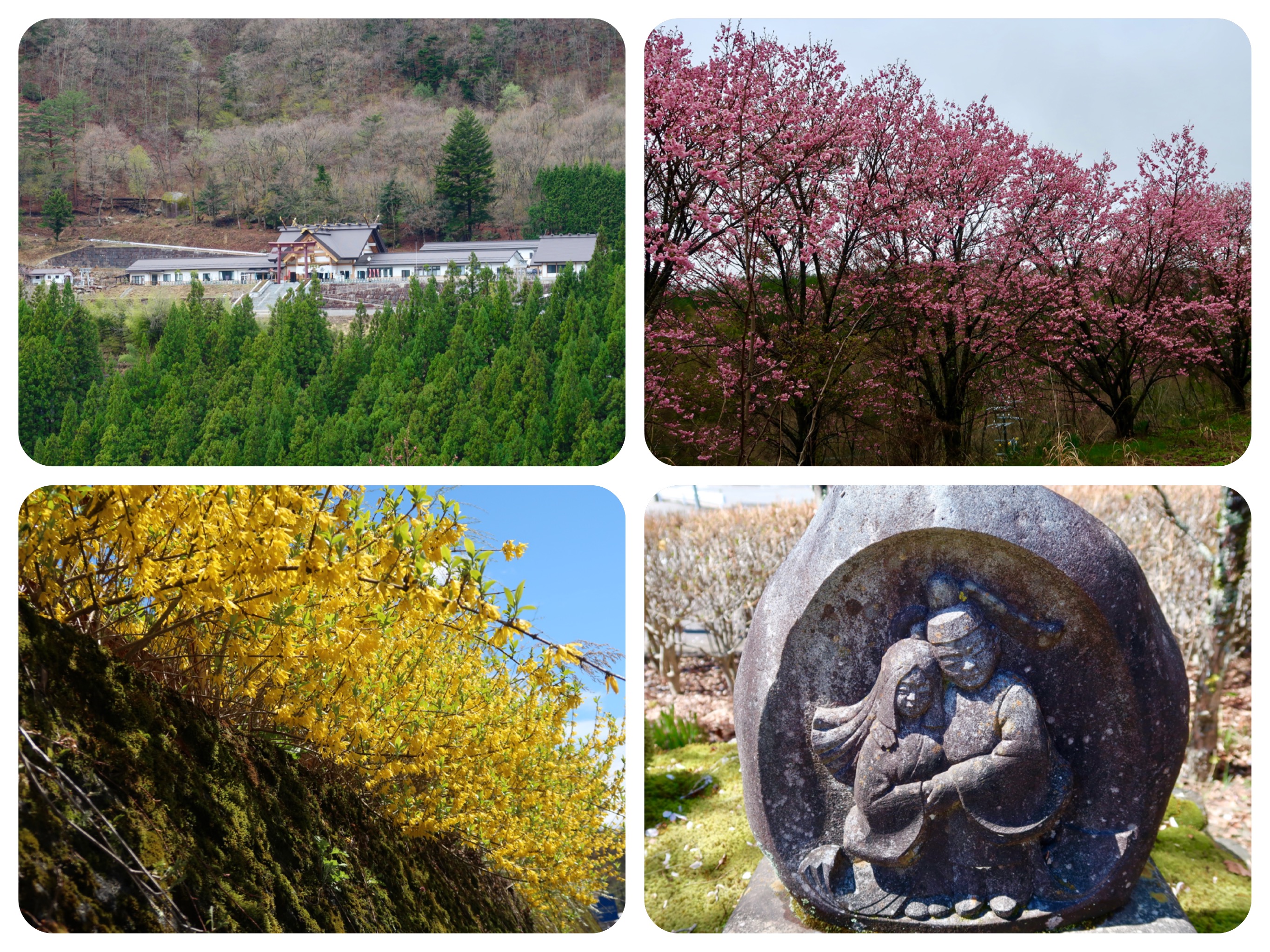
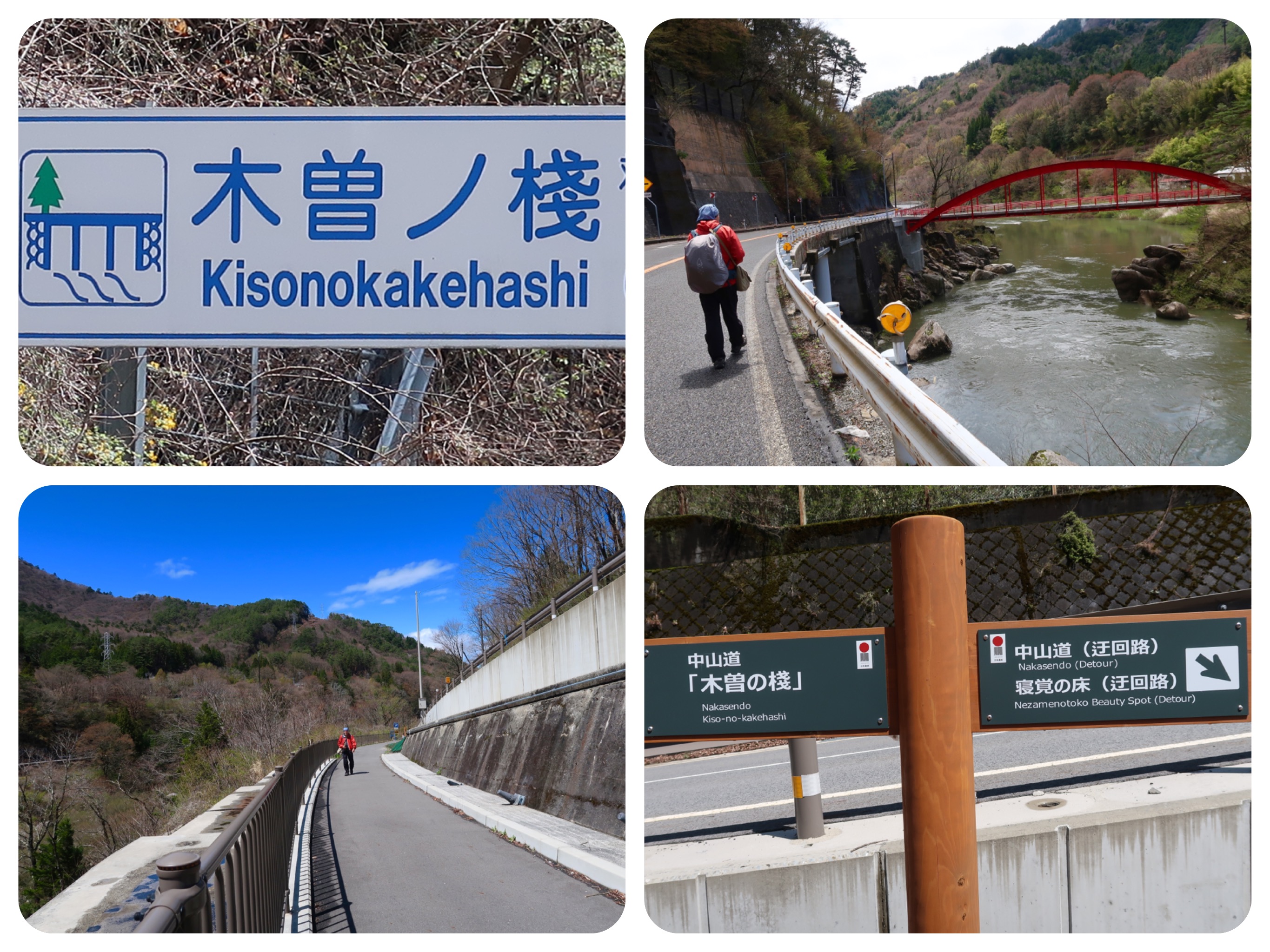
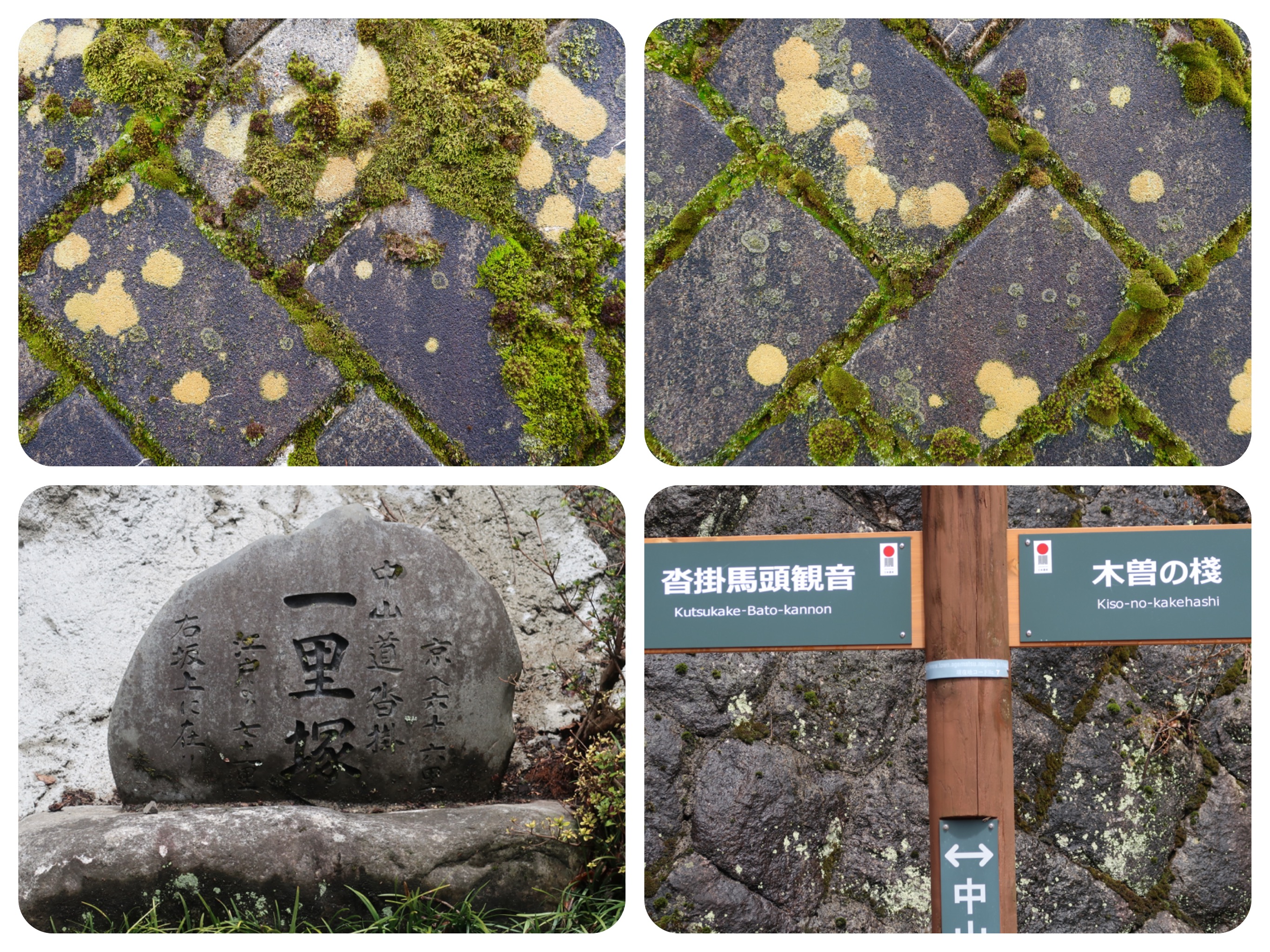
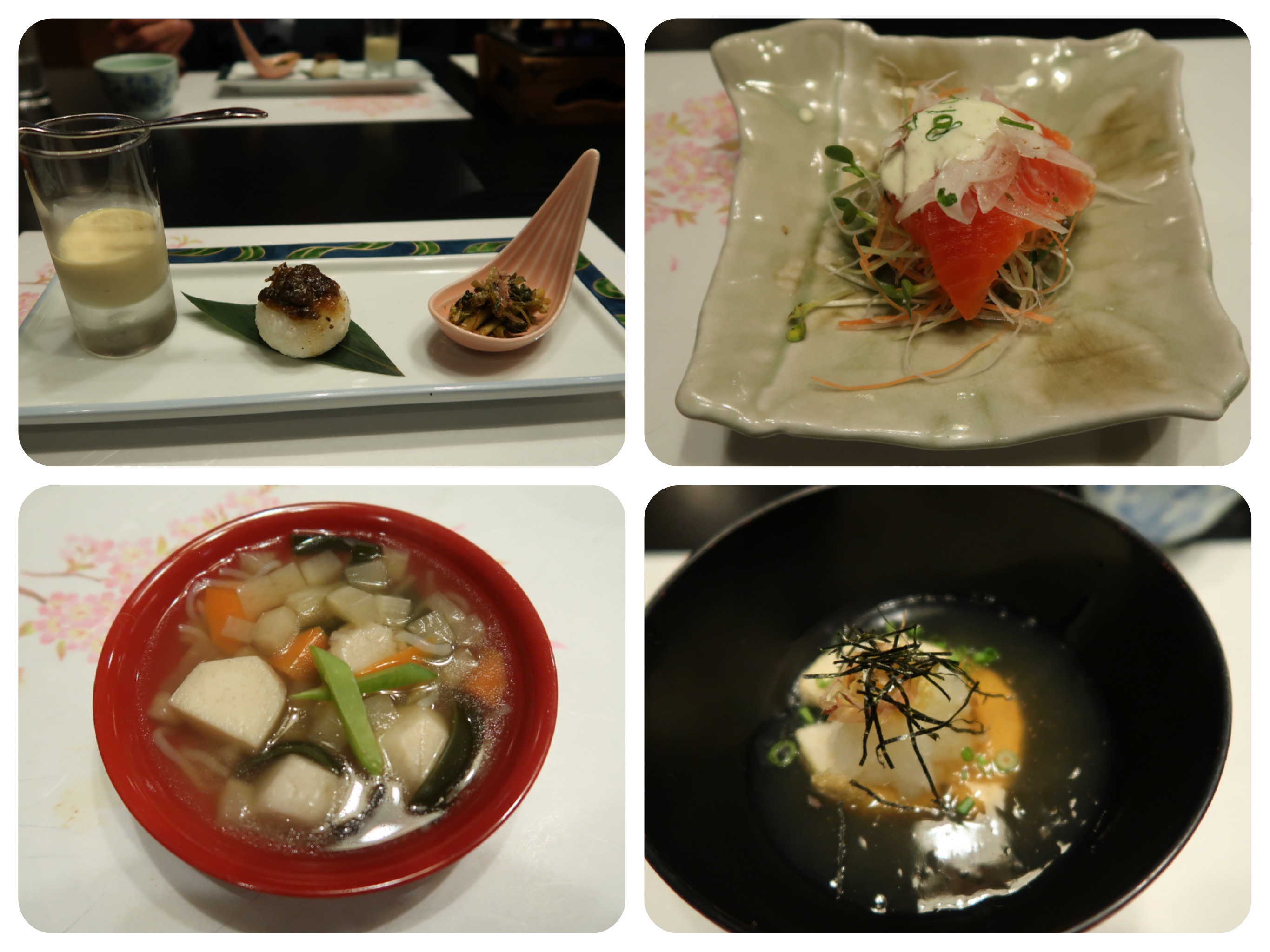
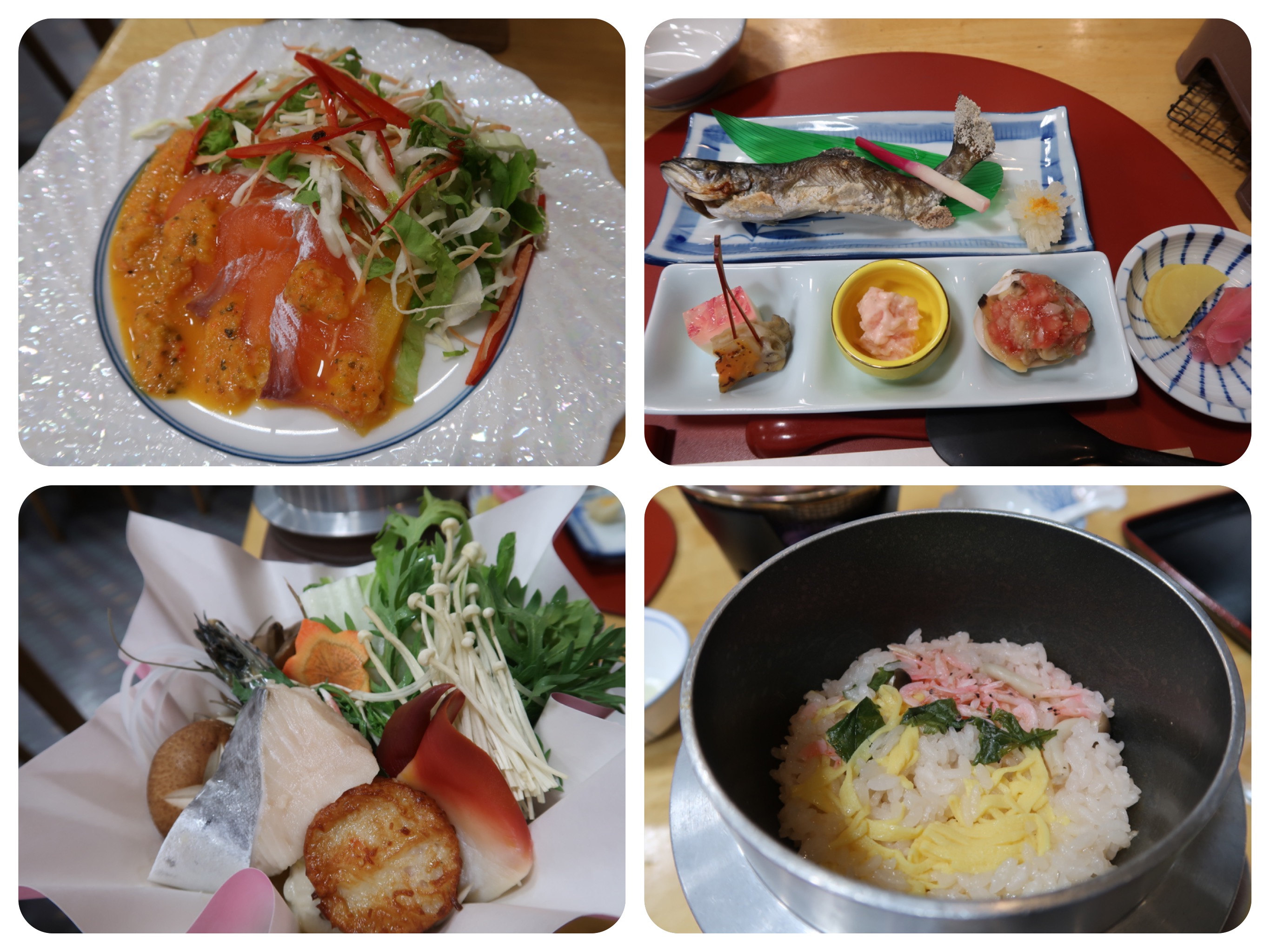
Day 18 - Walking The Nakasendō, Japan - Visiting The Beautiful Nezame-No-Toko Gorge, and The Legend of Tarō Urashima
Today we planned a short day of walking.
We walked from Kiso-Fukushima to Agematsu, which is only 12 kilometers, but with added detours to see the sights in the area, the total came to 16 Kilometers.
The reason for the shorter day was logistical planning.
I was trying to space our walking days as evenly as I could, and I was choosing our daily route based on the availability of places to stay.
After a good breakfast, our hotel shuttle bus dropped us back at the Kiso Train Station, where we were picked up yesterday.
It had rained all night, and it was still raining when we started to walk this morning.
We were totally dressed for the rain.
Everything was covered and wrapped in plastic, we wore raincoats and rainpants, and we even walked with our umbrellas.
But it stopped raining within an hour of beginning our walk.
The day turned out to be lovely, sunny and warm at times.
No more rain for the rest of the day.
We had an easy, beautiful nature walk along the Kiso River.
At times the trail passed through small neighborhoods, and at times it joined or paralleled the highway.
When we split from the highway, the old road was quiet and beautiful.
We passed by the beautiful red Kakehashi Viaduct bridge.
Originally, this viaduct bridge was constructed of wood planks tied with vine ropes, that ran parallel to the cliffs above the Kiso River.
As we walked by the beautiful, clean and wide Kiso River, Jules told me that he felt that today was the most scenic walk of the Nakasendō so far.
This was especially so as we arrived in Agematsu, where the river turns into a stunning gorge, surrounded on both sides by tall, forested mountains.
The river itself has beautiful rock formations in it, which also make its rapids quick and exciting, with violently swirling water.
There were many waterfalls from higher up in the surrounding mountains running into the Kiso.
The rock formations at the Nezame No Toko gorge created some shapes that looked like faces.
It was almost as if the Spirit of the river had taken on a human form.
Over the years, the huge river rocks were bleached by the sun, carved by the rapids and molded and polished by the winds and the water.
The clouds painted beautiful kanji on the big canvas of the blue sky, and the flowing cherry trees enhanced the beauty of the natural scenery.
From mountain to mountain, the clouds looked like they were painted by a brush.
The river and trees glistened in the sun.
Right by the gorge there is an open air sculpture park, with a theme of “Time, Age and Immortality.”
There is a very large sundial, and arches made of stone.
The reason for the “Time, Age and Immortality” theme in this art park is because of the famous Japanese legend of “Tarö Urashima”.
We almost missed out on learning this story, except that we stopped to eat a late lunch at a soba restaurant that was founded in the year 1624.
It is called Echizen-Ya and it is located near our hotel, across from the Nezame gorge.
We ate a delicious lunch of Soba noodles and a delicious local Kiso speciality called Gohei Mochi, a grilled rice ball served with a sweet sesame and walnut sauce.
I noticed that in the restaurant, they had a very large, real taxidermy turtle.
I asked the friendly waitress about the turtle and about the restaurant.
First she confirmed that the restaurant indeed started as a Soba noodle shop in the year 1624, and then she said that the turtle is from the legend of Urashima Tarō.
Here is the legend of Urashima Tarō:
“A long, long time ago, in the small village of Agematsu, lived a young fisherman named Urashima Tarō.
Although he was a fine fisherman, he was mostly known for his kind heart.
One day, as he returned home, he noticed a group of kids who were tormenting a small turtle.
Urashima Tarō’s heart went out to the turtle.
“Children, that is such a fine turtle.
Why not help it back into the sea?”
The children laughed and continued to poke the poor turtle.
“If you will give me the turtle, I will give you all of the fish I caught today,” said Urashima Tarō.
The children looked at the large catch of fish and decided to sell the turtle.
The kindhearted fisherman then set the turtle free, into the waves.
Some days later, Urashima Tarō went again to fish.
“Urashima Tarō-San, Urashima Tarō-San.”
A strange voice called up from the water.
When he looked around, he saw a huge ancient turtle by his side.
"Urashima Tarō-San, I am the one you saved from the children," said the turtle.
"As repayment for your kindness, I am here to take you into the presence of the king who lives beneath the sea.
I will carry you on my back, and although we must travel far, we will soon complete our journey."
Urashima Tarō left his fishing line behind to climb on the back of the turtle.
They were gliding down, down, endlessly down.
As the light from the sky dimmed and disappeared, a new light glimmered ahead.
The turtle swam directly to the light.
At last they came to an opening in a wall of coral guarded by swordfish who stood aside for the turtle.
Once on the other side, the turtle said, "You can walk safely here."
The fisherman dismounted, and to his amazement, he found that he was able to walk in this magical underwater world.
The turtle guided him down streets lined with coral flowers and gently swaying sea grasses.
Sea horses, dolphins, jellyfish, and crabs mingled in peace and harmony.
Soon they were at the door of a majestic palace.
The turtle and the fisherman knelt and bowed before the richly-robed king.
"Is this the fisherman who saved you?" asked the king.
The turtle nodded his head and replied, "Yes, Majesty."
"Come, fisherman," said the king. "We have prepared a great entertainment for you."
The king turned to his right and introduced: "Here is my daughter."
A beautiful young princess rose from the throne to the right of the king.
Her many kimonos blended the colors of all the fish of the coral reefs.
Her sleeves reached the tatami.
Her long hair was like black silk and it was crowned by beautiful flowers and jewels.
She bowed as she turned to Urashima Tarō.
Urashima Tarō rose and followed the princess.
Together they visited the sea creatures, both those the fisherman knew from home and others more wonderful than he had ever imagined.
Together the princess and the fisherman banqueted on delicacies brought from the seven seas and prepared by the best chefs.
Together they read from many beautifully illustrated old scrolls.
Every day lobsters and crabs played the Biwa and the Koto.
An octopus played the Taiko drums.
Dolphins, whales, and squid danced while tuna fanned the princess and her guest.
The sights, sounds, and tastes were beyond any the fisherman had ever experienced in his life above the waves.
He lost track of time as he listened to the soothing music, ate royal delicacies, and read the tales of the old ones from the sea.
One day he began to miss his home.
Although he tried to keep his spirits happy, the princess could read his thoughts.
The next day Urashima Tarō saw his old friend the turtle with the princess.
"It has been our pleasure to share our life with you here beneath the sea, but now, we understand that you wish to return to your own home."
"Your Highness, you have been so kind to me. I do not want to appear ungrateful, but in your wisdom, you have guessed correctly."
"We know your kind heart.
We understand your gratitude.
Now we have summoned the turtle to take you back to your home above the waves.
We have a gift for you.
It will bring you happiness."
The princess held out a black lacquered box, beautifully made and decorated with the most precious art of the sea.
It was tied with an elegant red ribbon.
"As long as you own this chest and leave it closed, happiness will be yours."
Urashima Tarō received the chest in both hands and bowed low.
"I shall guard it always as a remembrance of your kindness," he said.
With that, he mounted the back of the turtle and began the return journey to his home above the waves.
In what seemed like no time at all, the fisherman found himself standing on the same shores where he had rescued the turtle.
The turtle bowed his head and slipped once again into the sea.
Urashima Tarō hurried to the village, anxious to share his adventures with his family.
But to his amazement, all was changed.
Search as he might, he could not find his home.
When he asked about his family, only the oldest men of the village knew of their family’s name.
They had all passed away now, but they knew some old stories of the fisherman and his parents.
Urashima Tarō built for himself a small hut on a high cliff in the gorge, and began to fish again.
He had no one with whom to share his stories, and sadness filled his heart.
Early one morning he took the chest that the princess gave him, to the edge of the gorge.
He thought of the beautiful princess and her enchanting world.
Perhaps, he thought, she has left me some happiness inside the box.
Ignoring her warning never to open the box, he opened the lid.
A puff of smoke escaped from the box, swirled around Urashima Tarō, and dispersed in the gentle breeze.
In that second, Tarō had aged back 300 years.
He looked down at his hands.
They were gnarled and deeply veined.
As he turned in sorrow to walk back to his hut, his steps were slow and halting.
Villagers who passed by had noticed an old man with very long white hair and white beard, making his unsteady way along the rocks.
It was Urashima Tarō who in his momentary sadness, gave in to his whims instead of being trusting and obedience, and thus had lost the protection of the dragon king, against the effects of Time...”
It is a story with a moral that runs deeper than the Japanese cultural belief that the search for individual happiness, is not as valuable and lasting as obedience to the rules of Nature and of the gods.
It is about not giving in to momentary sadness and discomforts, and trusting that the gods, wants your highest good and highest happiness.
After lunch, we took a long stairway down to river level, to see the Gorge.
By now, I was not even looking to drop off our backpacks at our hotel nearby, or with the friendly waitress at the Soba shop who no doubt would have agreed to keep our packs while we walked into the gorge.
After days of walking and climbing mountain passes, our backpacks had become unnoticeable to me.
That night we had a very delicious dinner at the Nezame Hotel, with many courses of fish and vegetables, including locally grown greens that were superb.
Jules took care of his badly blistered toe, and I was grateful that my feet had healed.
As we drifted off to sleep, I thought about time, aging and eternity....
I remembered recently that I was diving in Indonesia... photographing large turtles with a background of swaying seaweed and colorful coral...
Reality, stories, myths and legends...
They tend to blend and interchange...
Illusions and dreams..... what is real and what we are all dreaming... even now do I dream that we are walking the Nakasendo in the land of legends and dreams....
With love and sweet dreams,
Tali and Jules
Day 18 - Stats:
Total walking time 5.5 hours
Active walking time 4.5 hours
Total steps: 21,409 steps
Daily Kilometers: 16 Kilometers
Total Kilometers walked up to date: 419.5 Kilometers
Accommodation: Nezame Hotel in Agematsu, located across from the Nezamenotoko Gorge.
The hotel is on the busy route 19, which gives it the look of a motel, but it has spacious but simple western style rooms with a clean hot spring public bath.
It serves very good dinner and breakfast.
Total elevation climbed 1,325 meters
Total descent 1,375 meters
Maximum Altitude reached 792 meters
Station Towns visited in Nagano Prefecture:
37. Fukushima-juku (Kiso (town), Kiso District)
38. Agematsu-juku (Agematsu, Kiso District
A Bit About the Station Visited:
Agematsu-juku, #38 of the sixty-nine stations of the Nakasendō, as well as the sixth of eleven stations on the Kisoji.
It originally flourished as a logging town.
Agematsu was well-known in the Edo period for being the location of the office for the forest commissioners of the Kiso valley.
Rules regarding access to the valuable timber resources of the valley were very strict, and punishments were severe even for those caught trying to glean a little firewood without permission.
The town was quite large in 1841, with a population of just under fifteen hundred.
Agematsu also had the largest number of inns (35) of any town in the Kiso valley.
It remains an important service town in the valley today, with many modern shops clustered around the station.
Unlike neighboring Kiso-Fukushima, however, express trains do not stop here and so the potential for further growth is limited.
